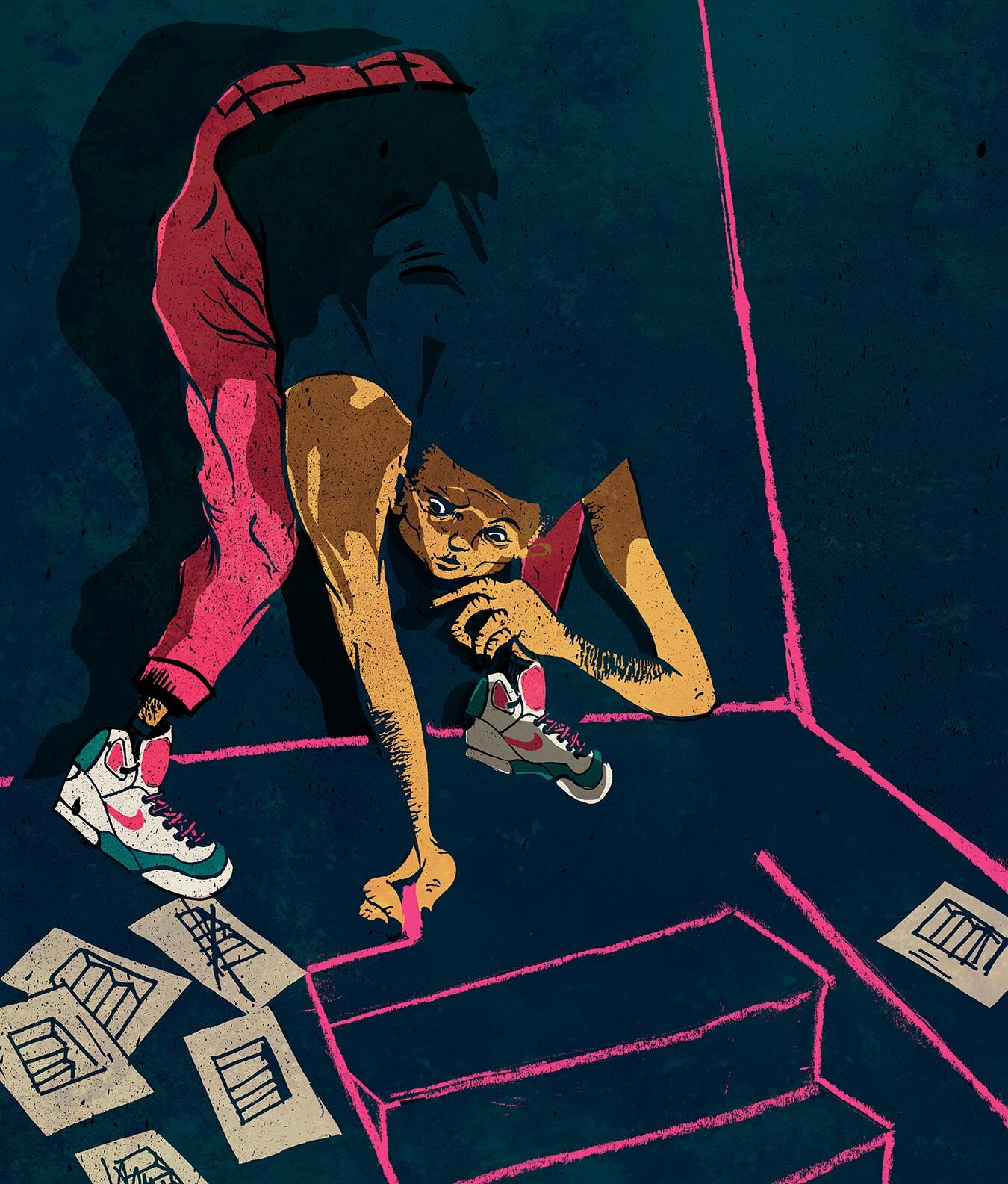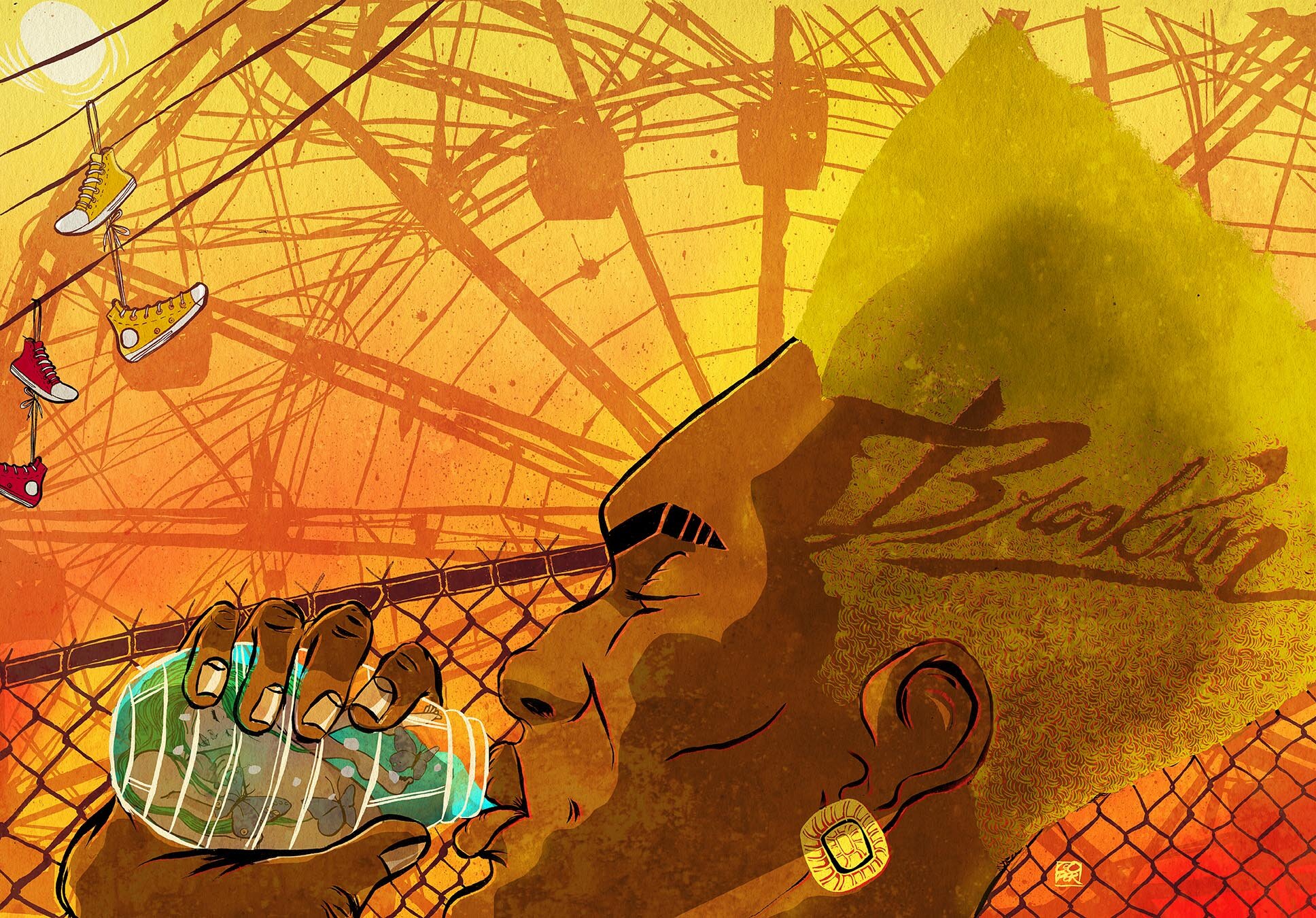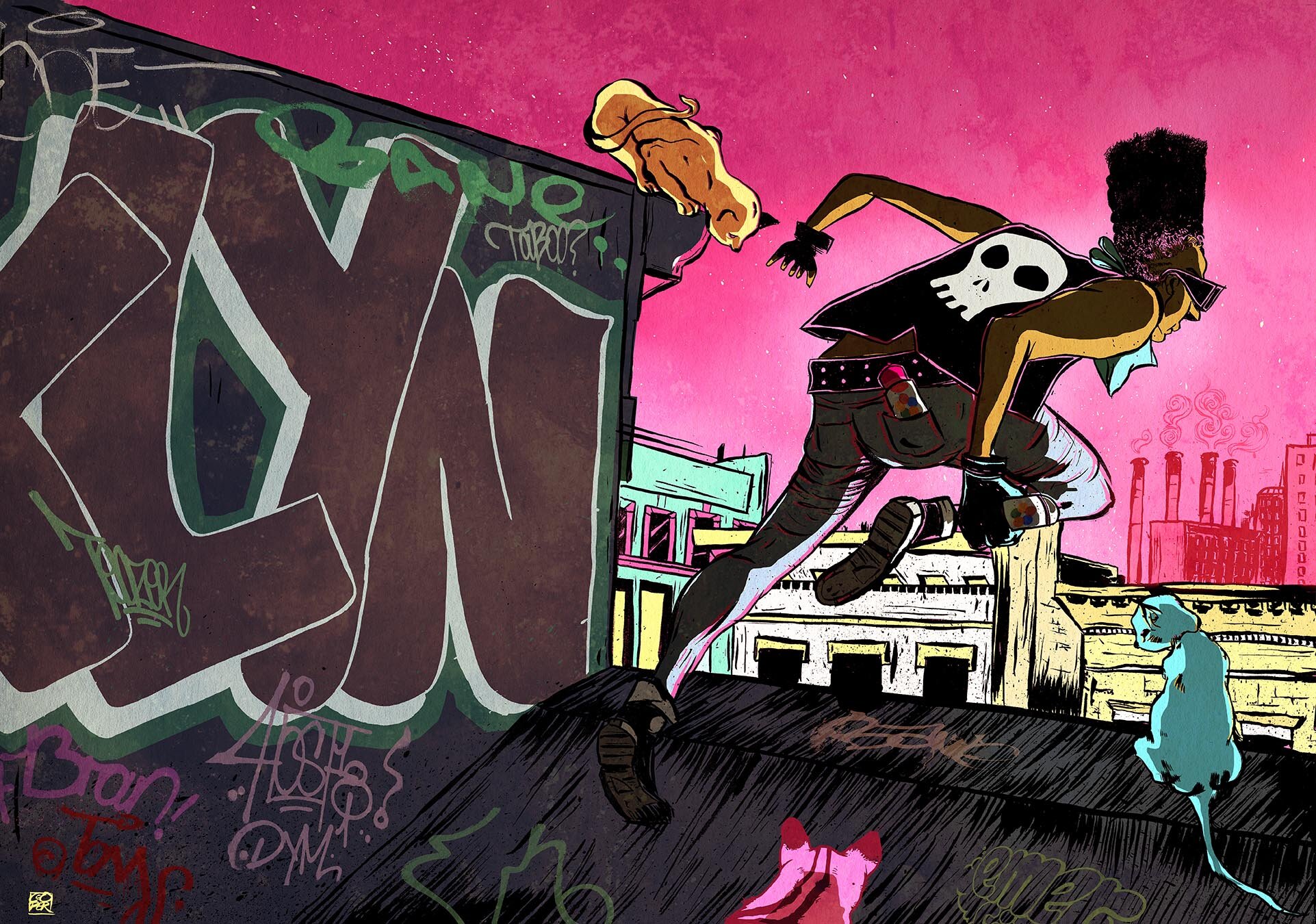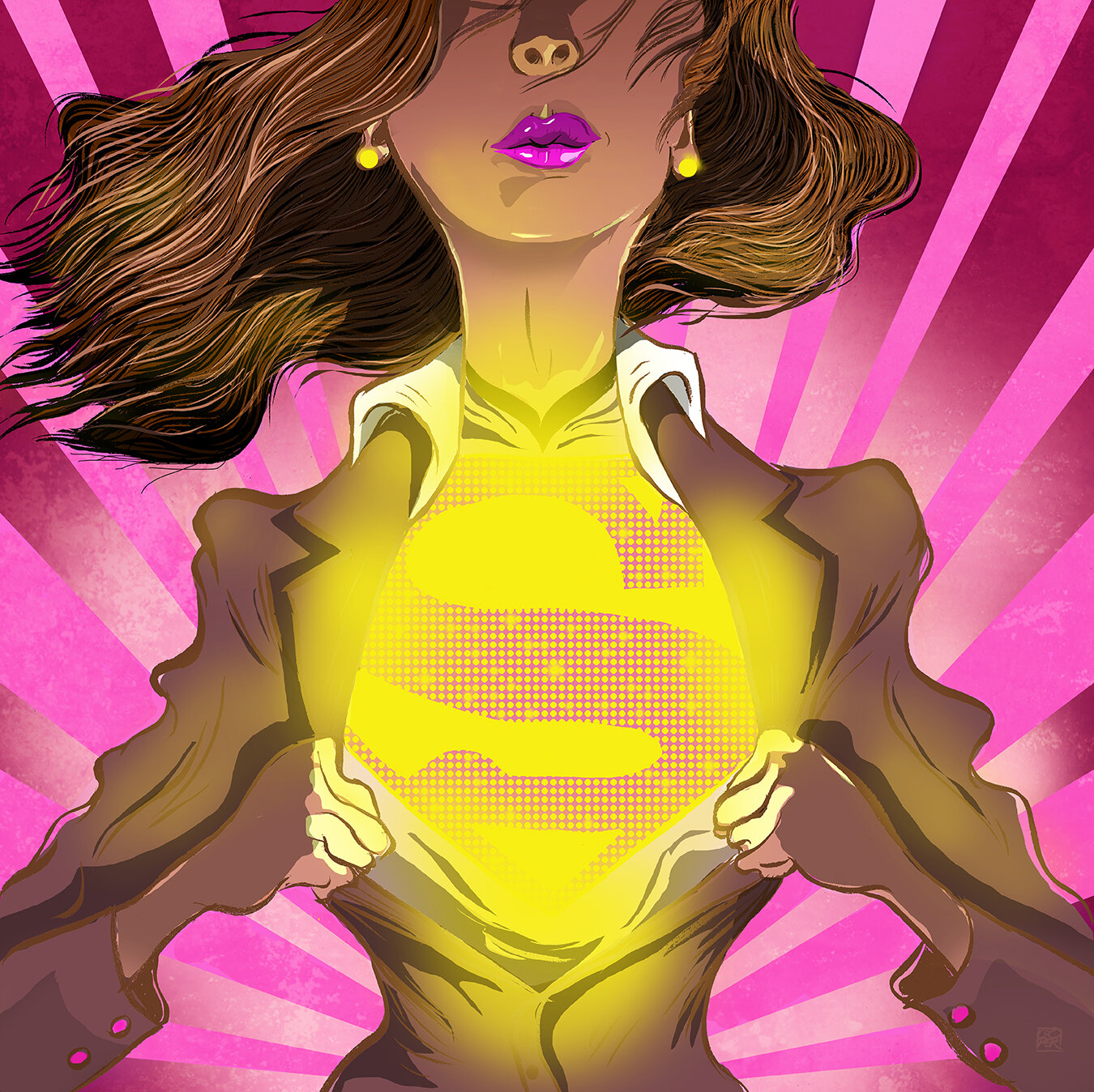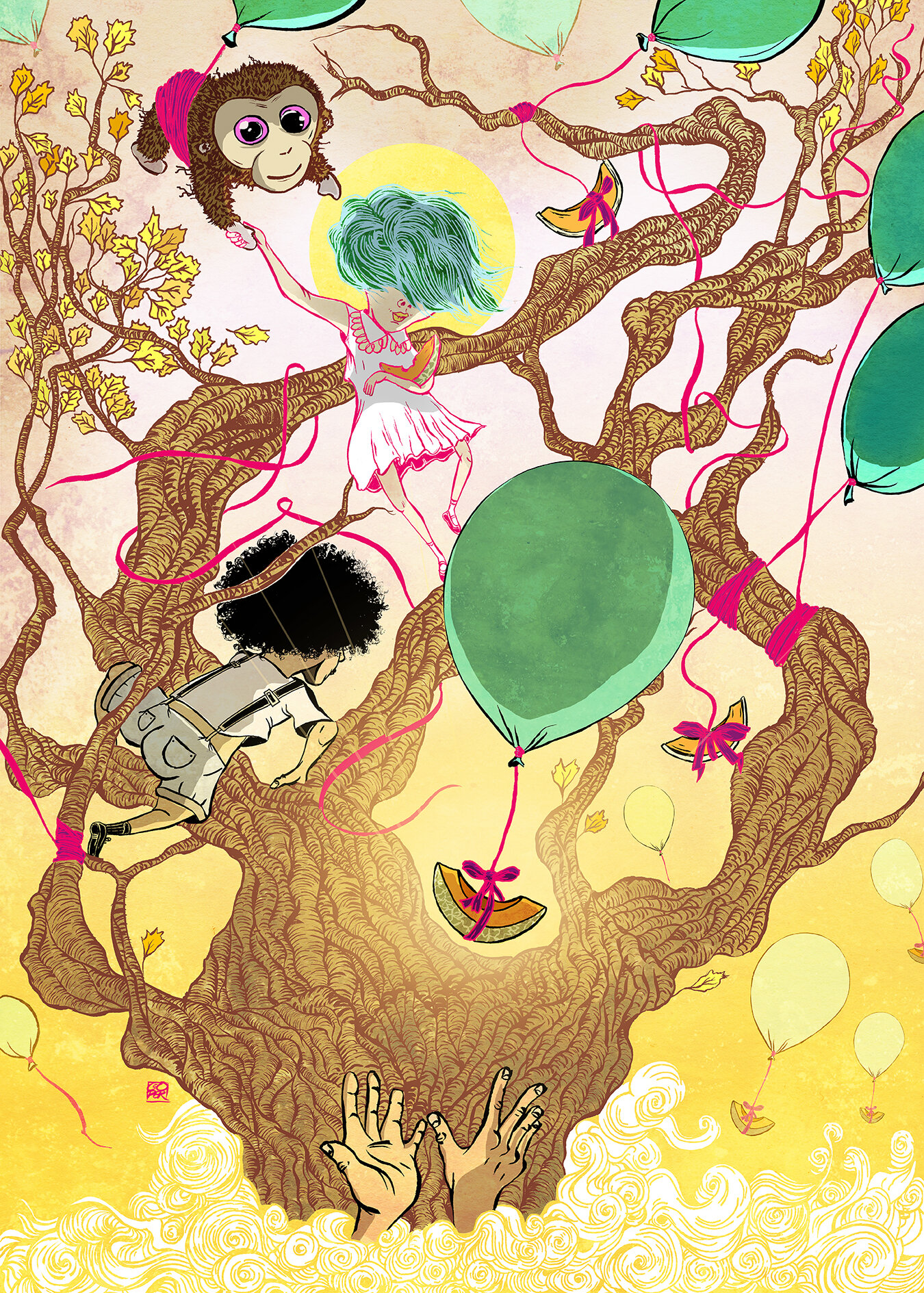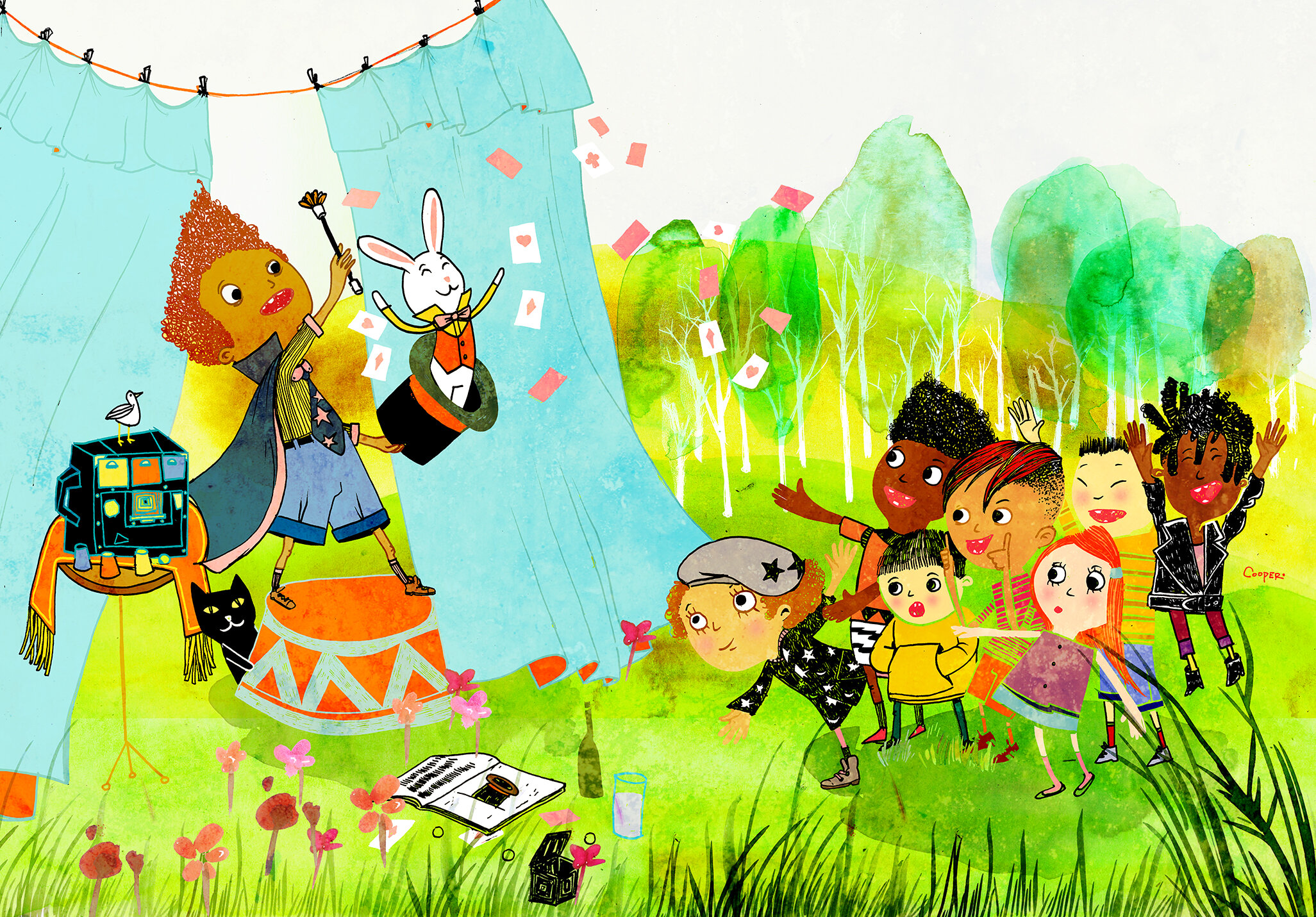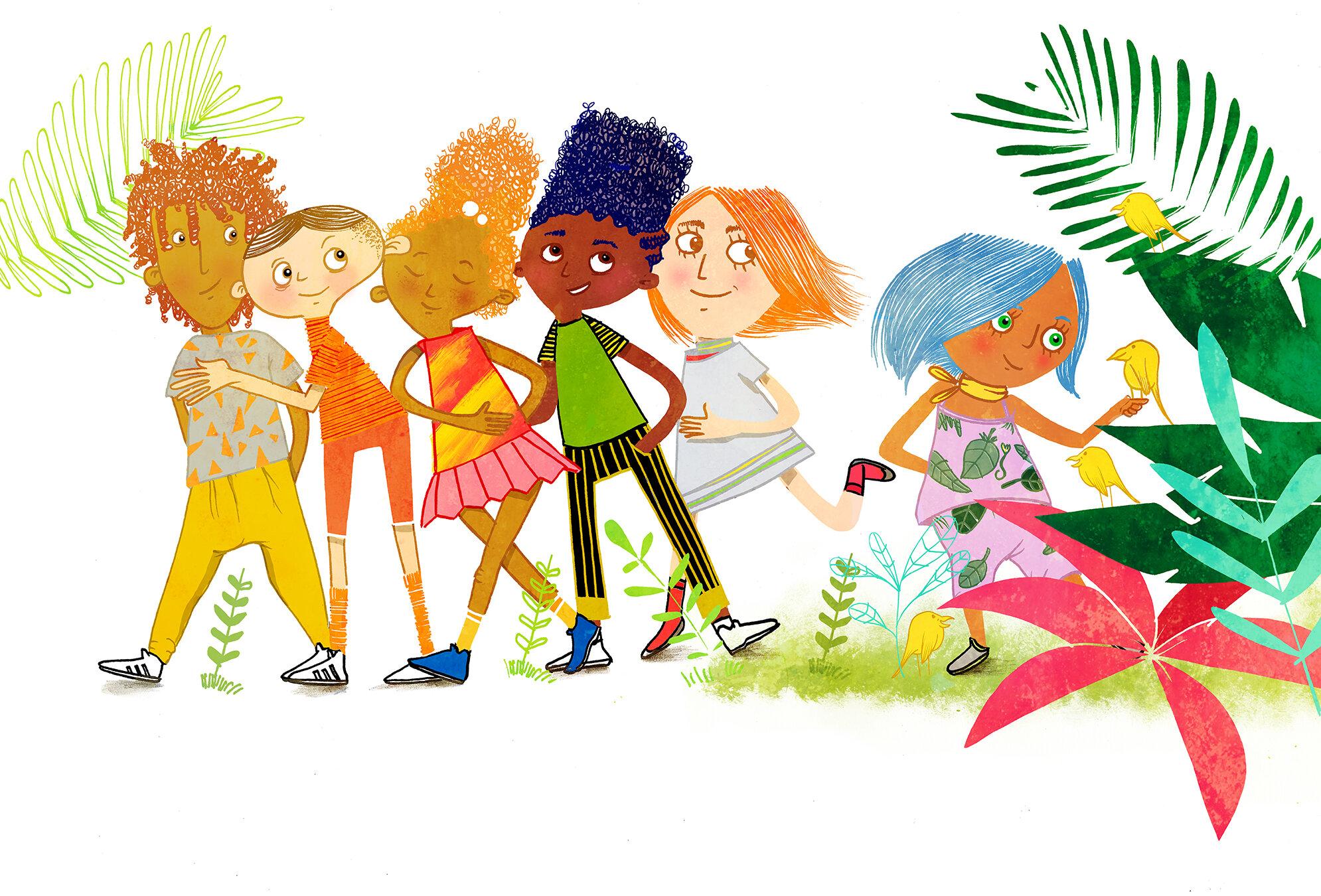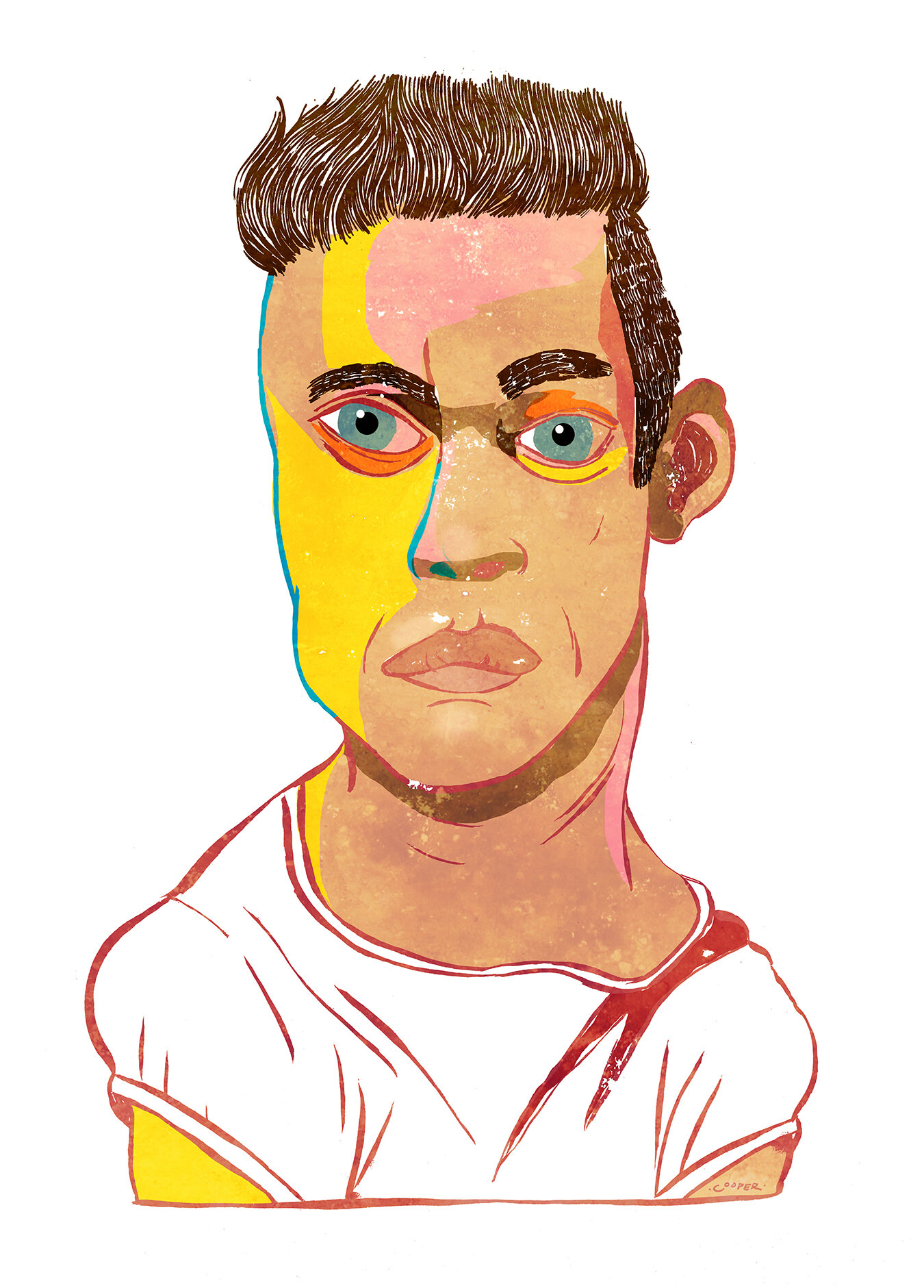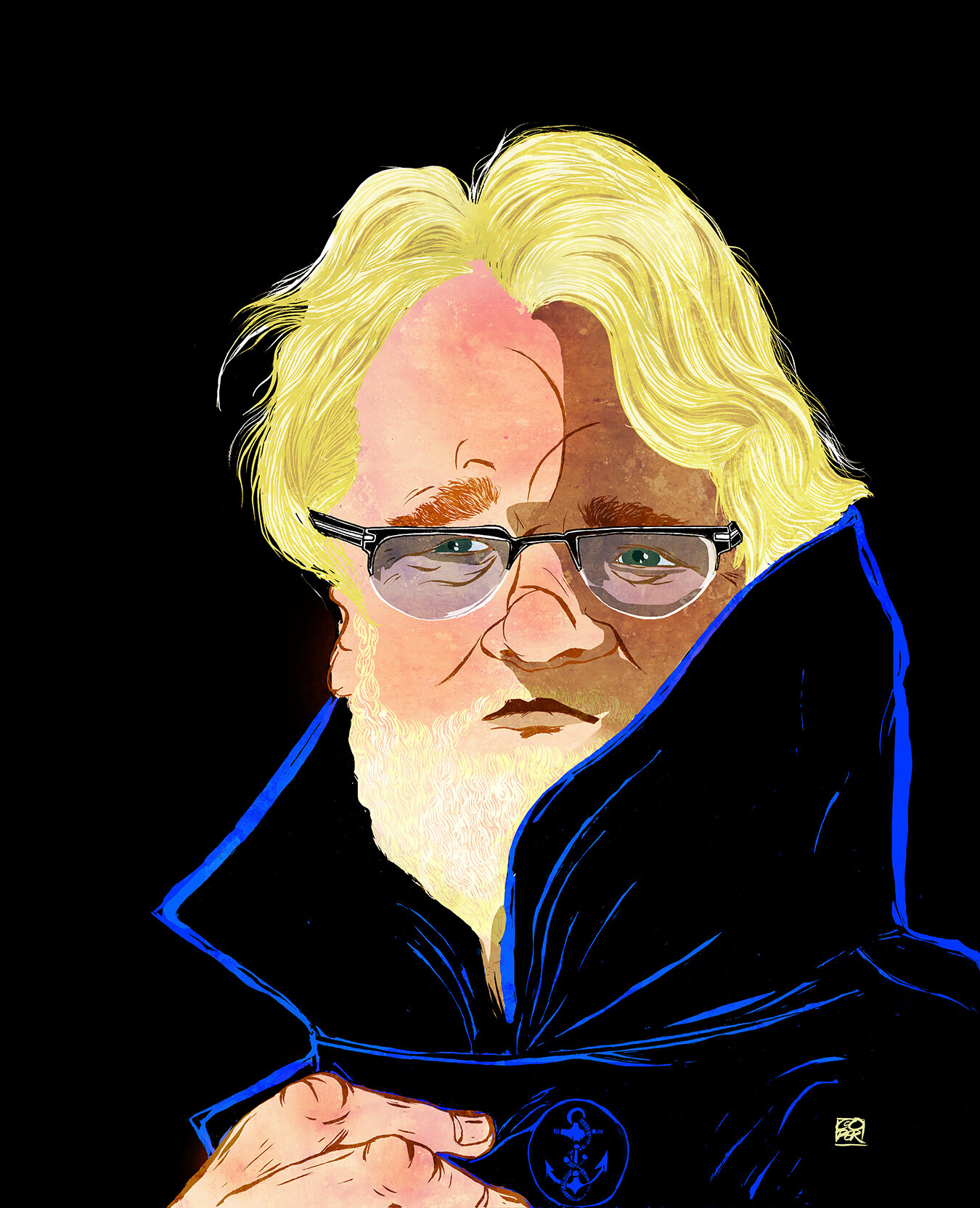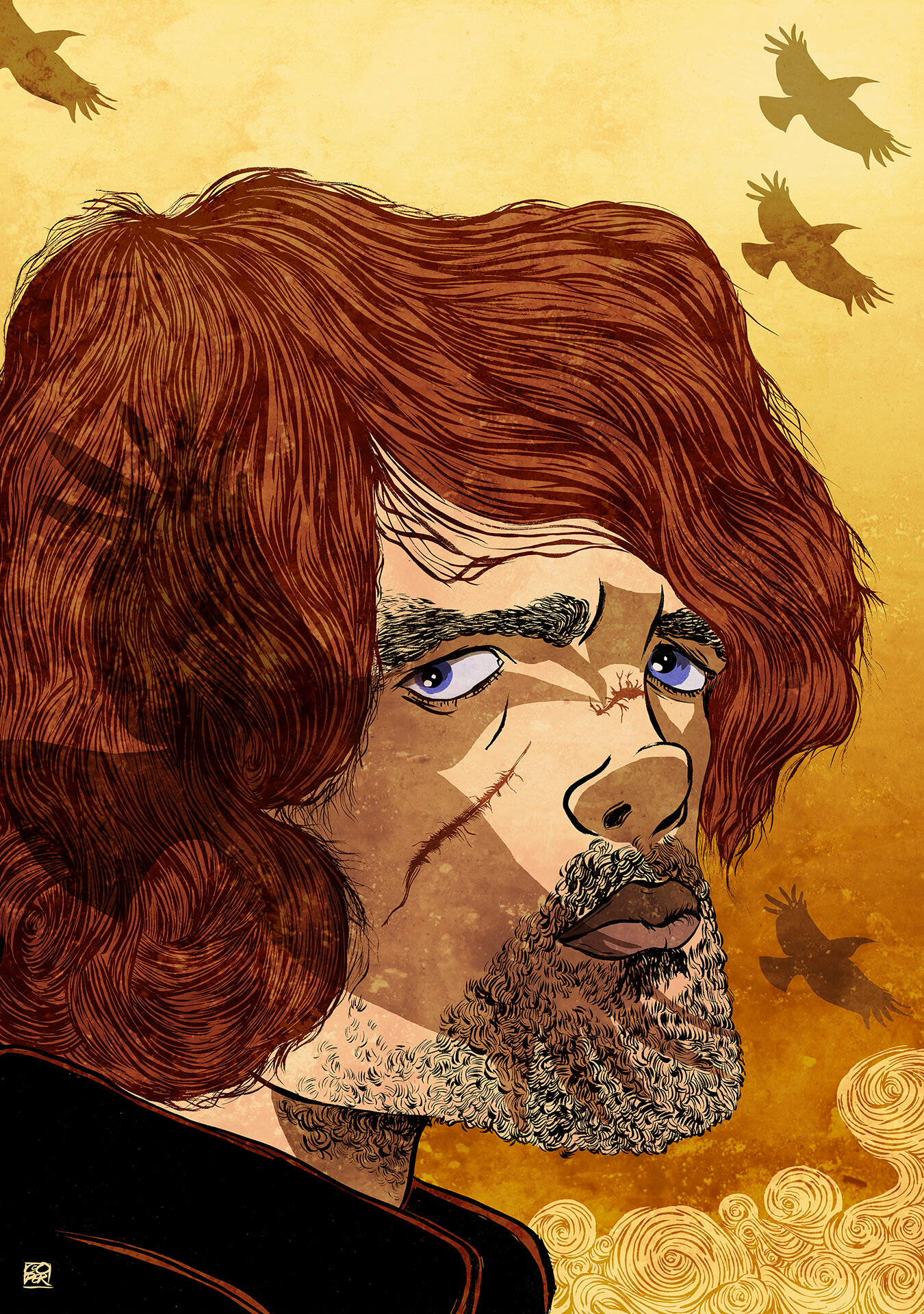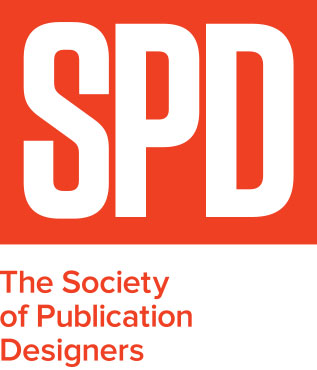David Cooper
/
“I immediately felt a sense of community, which, for me, is so important. Especially in our current situation where many of us are working within a bubble, it's great to connect with like-minded people.”
-David Cooper, Photo Director, Health Magazine + Illustrator + Muralist
SPD: What do you do?
David Cooper: I'm a dad, a husband, the photo director of Health Magazine, a freelance illustrator, and a muralist.
SPD: Where did you get your start?
DC: I graduated from The Pratt Institute in May 2000. Shortly after, I did a few illustration assignments for The New York Times Book Review. Around this time, my former illustration professor recommended me for a full-time art assistant position with the art director of Ser Padres Magazine, which was the Hispanic counterpart of Parents Magazine. She was also an illustrator, so we hit it off, and I got the job. The prospect of supplementing my illustration earnings with a full-time salary seemed like the smart thing to do, so I just jumped in without much thought beyond that. I had no idea that this was the beginning of my balancing two careers.
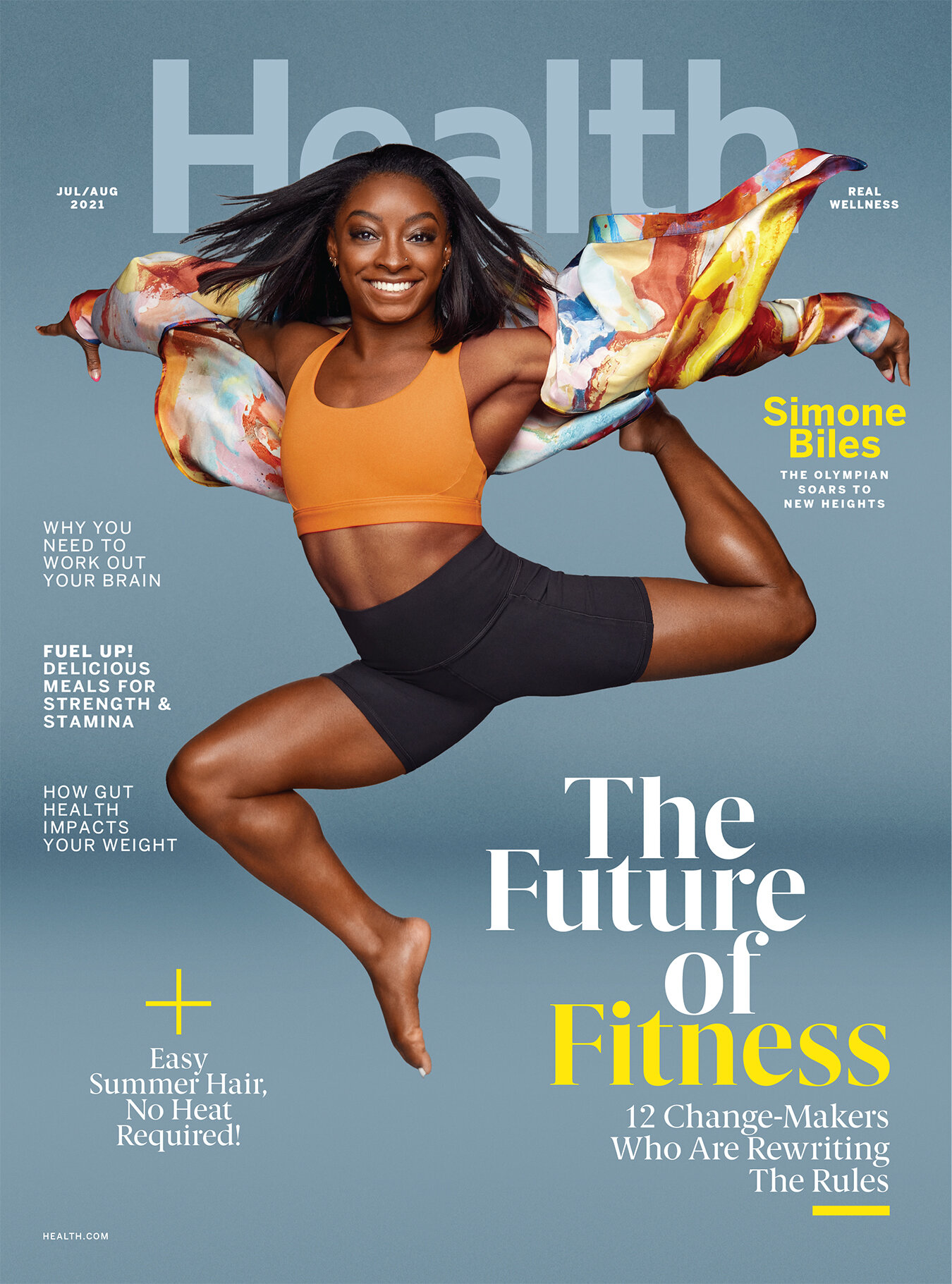
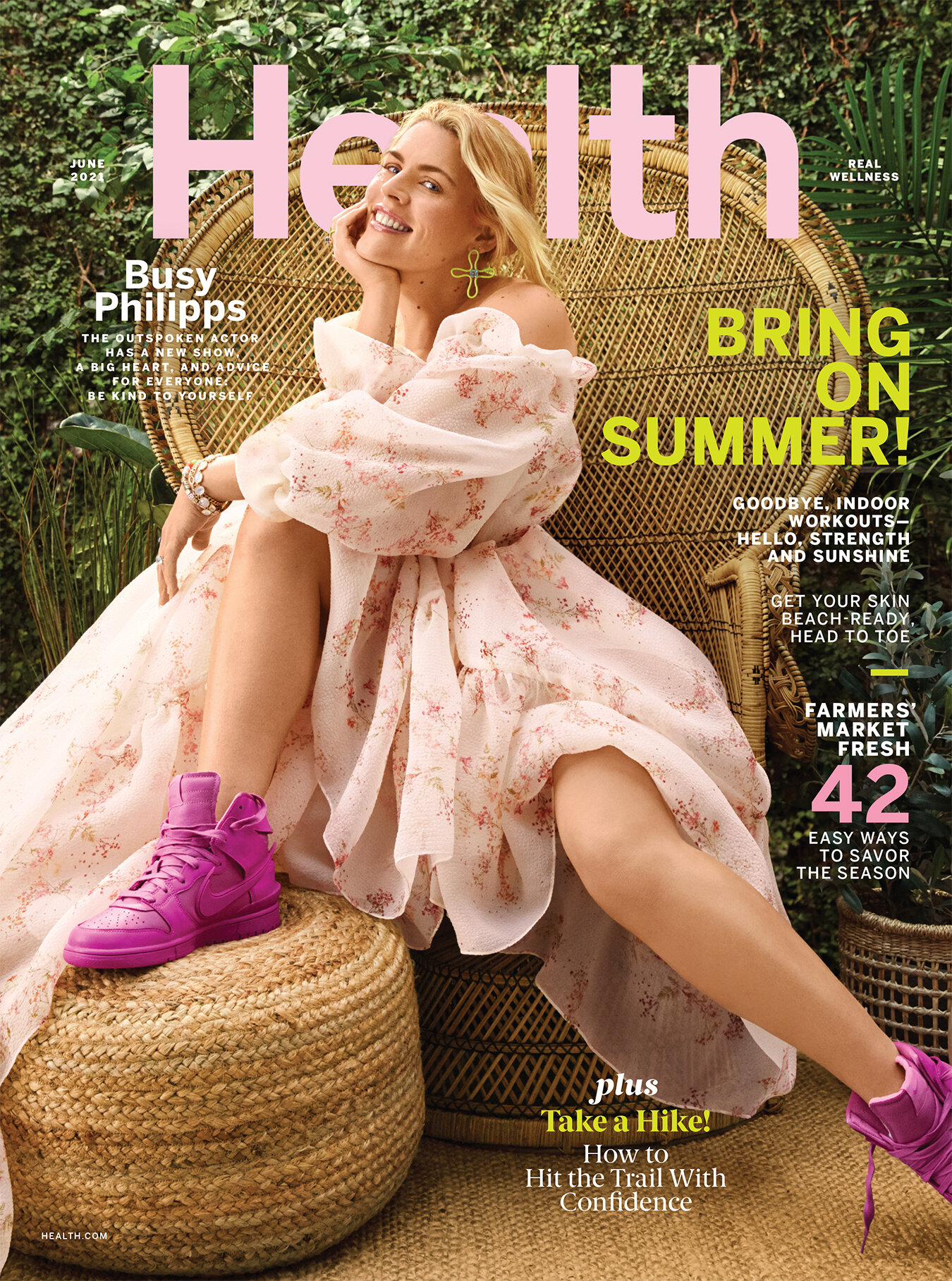
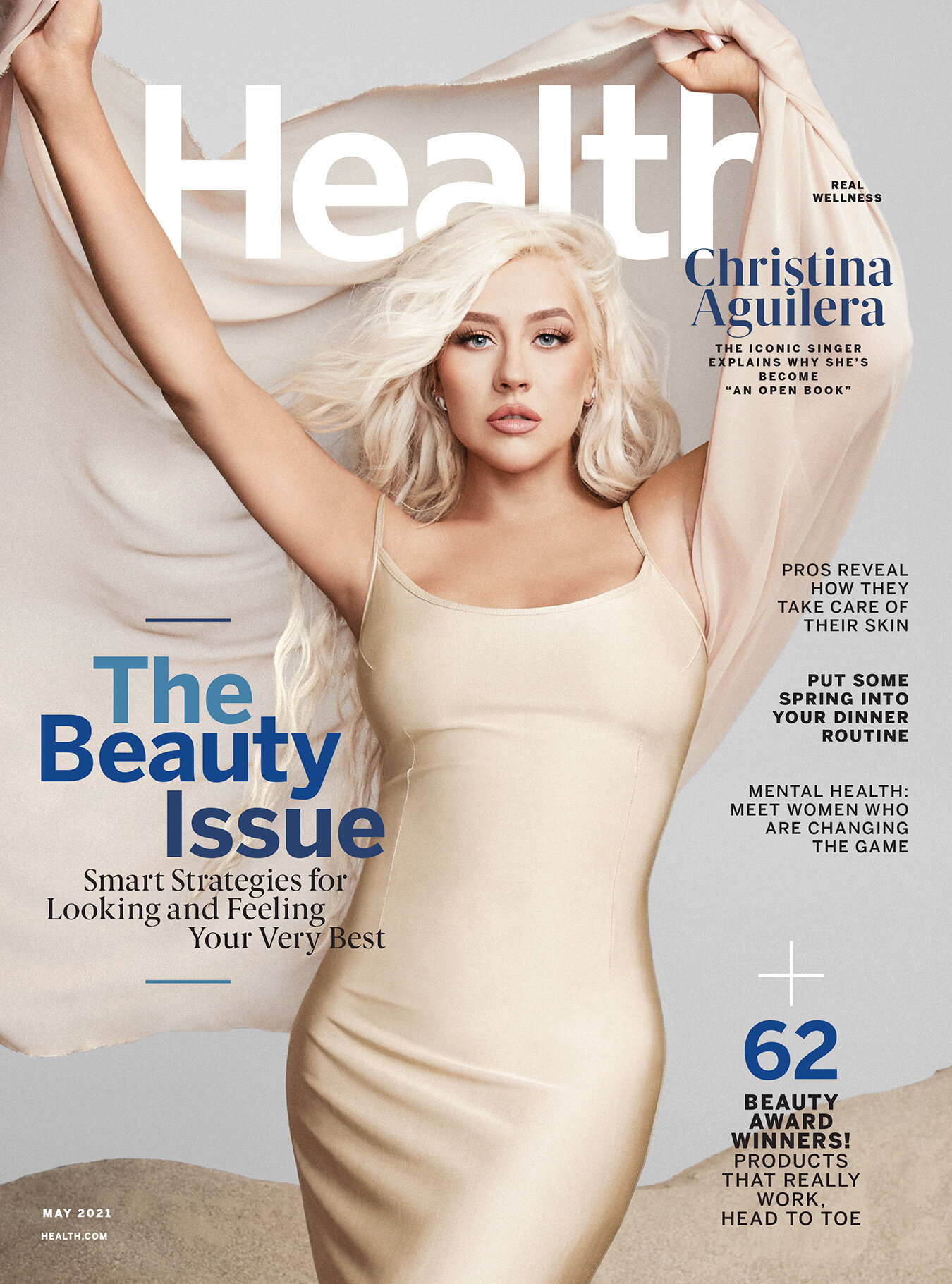
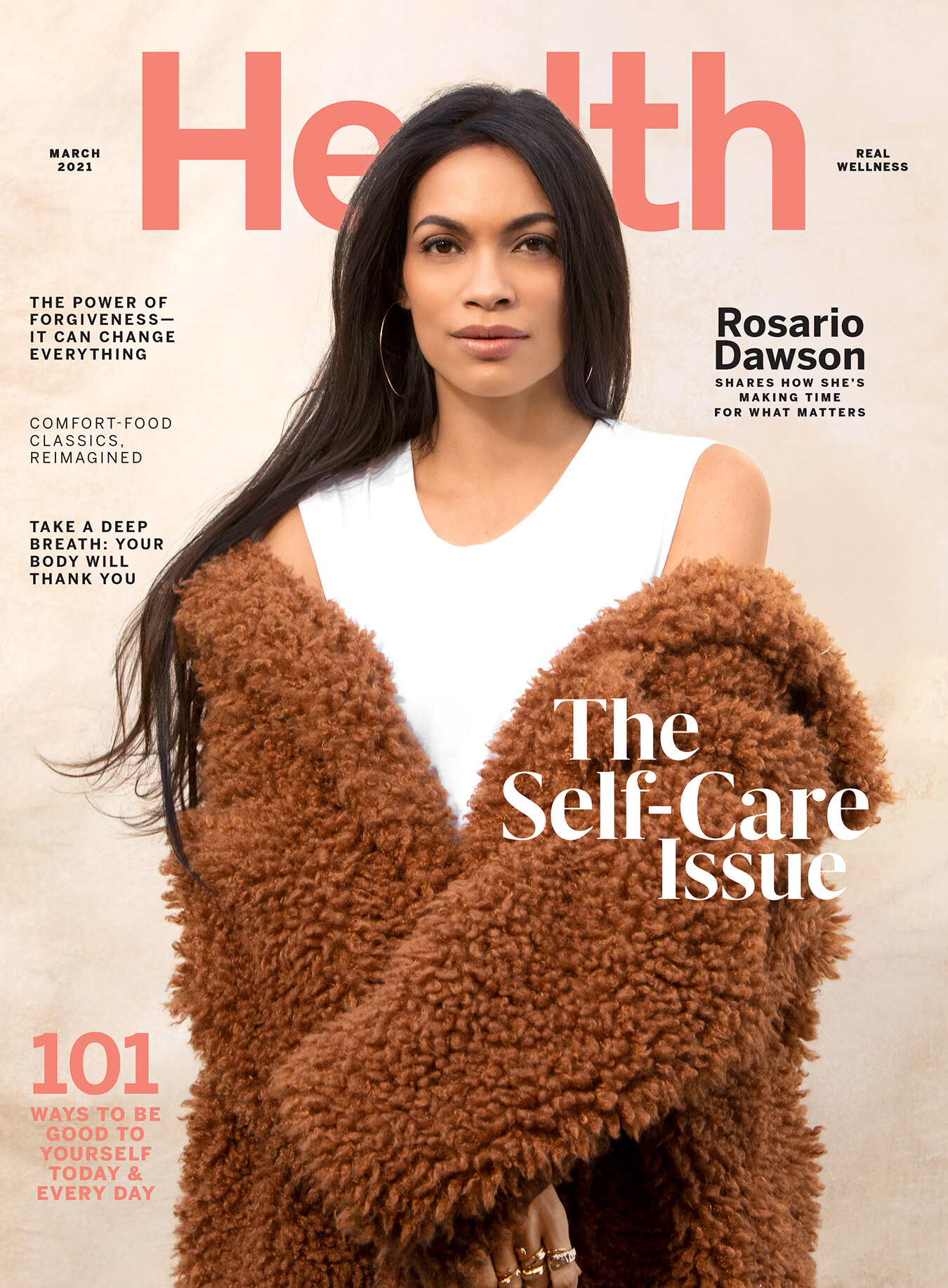
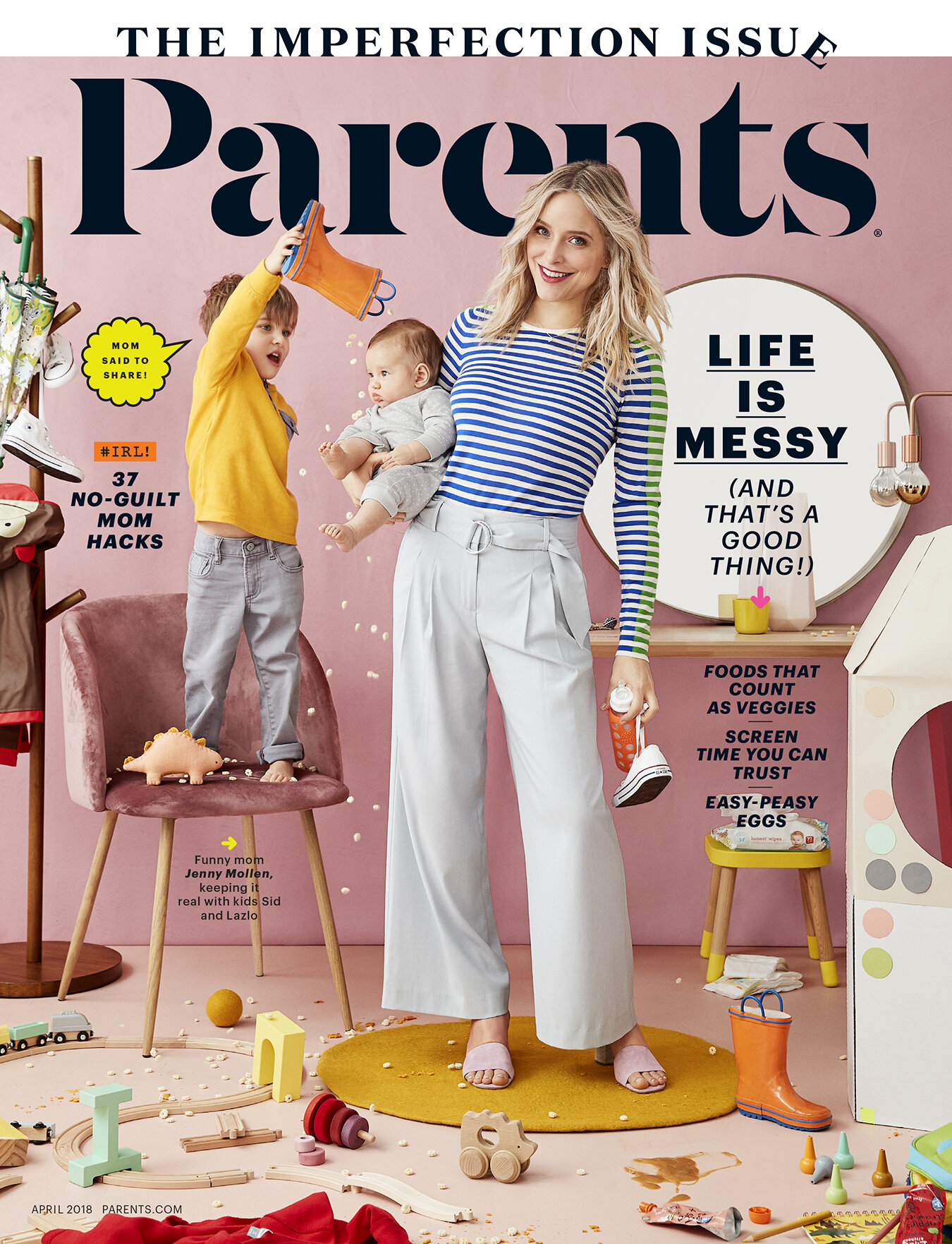
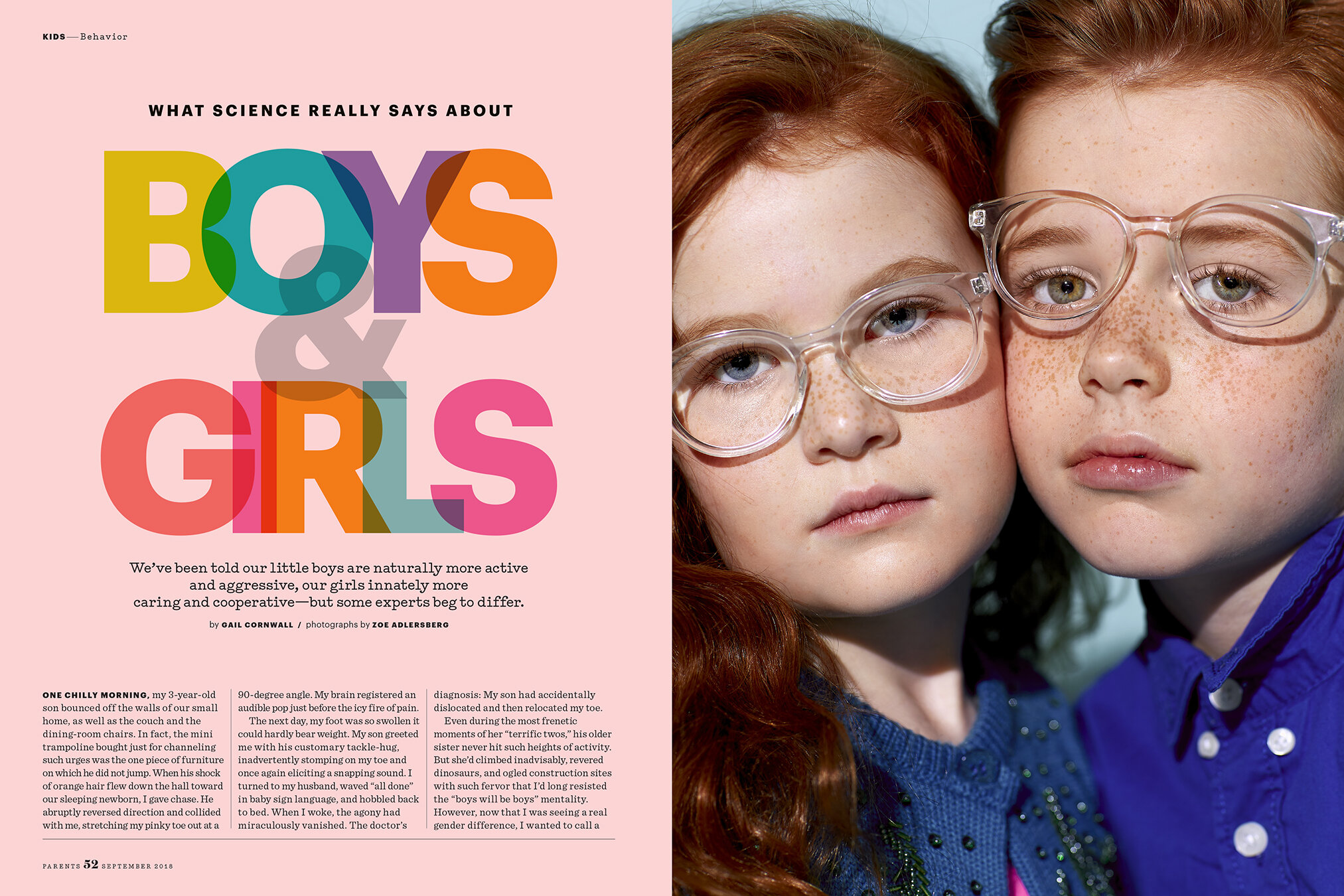
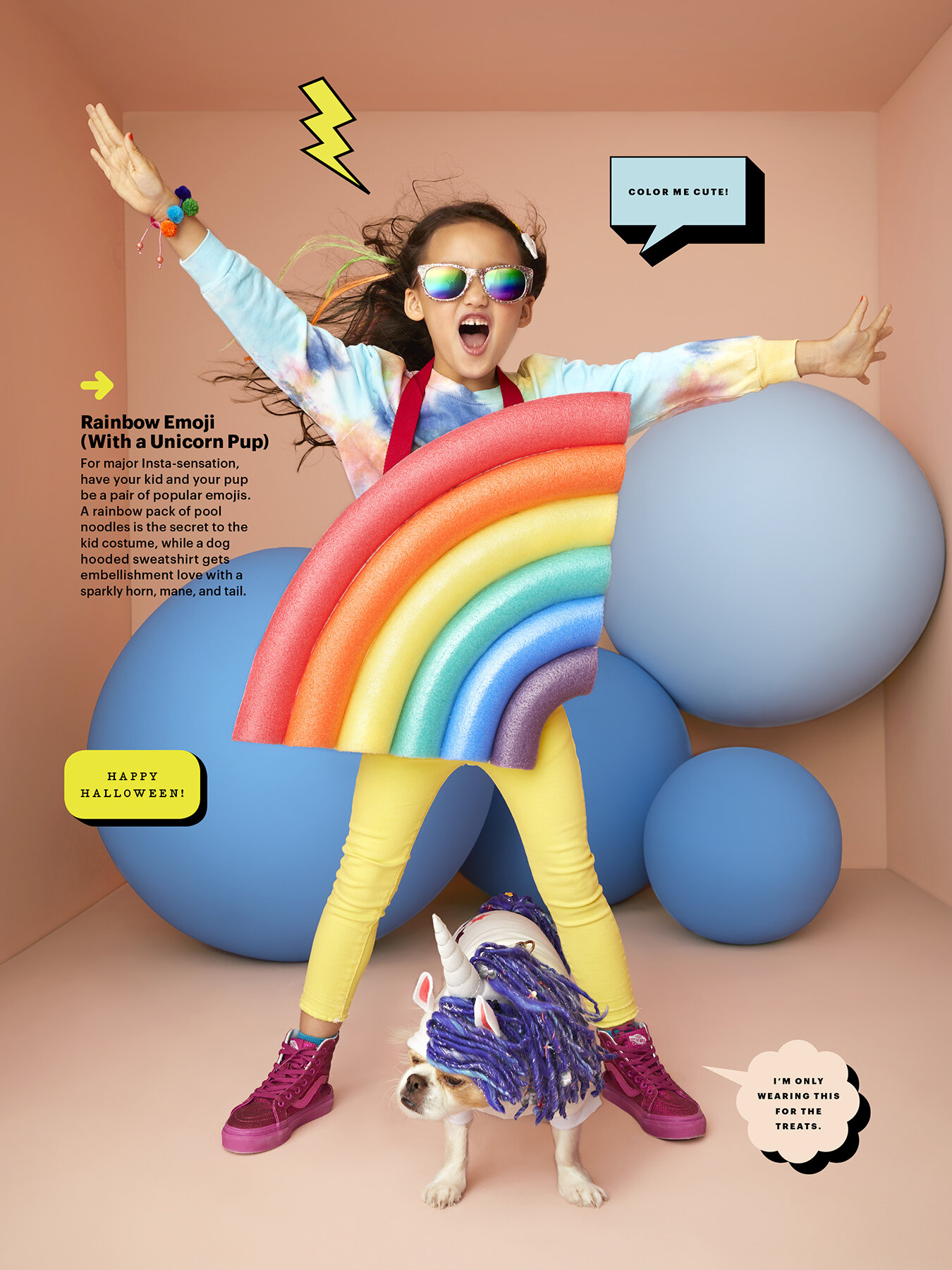
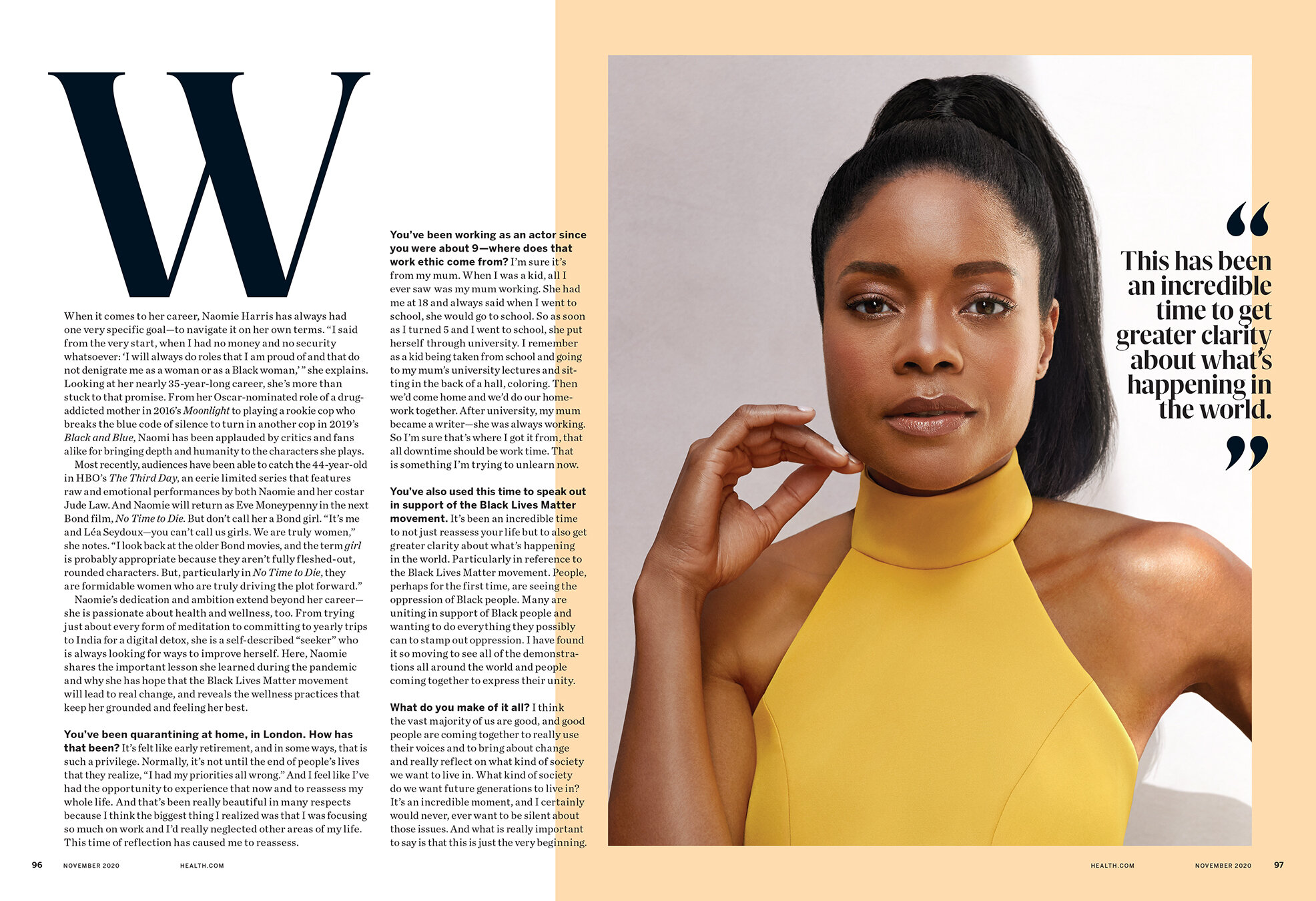
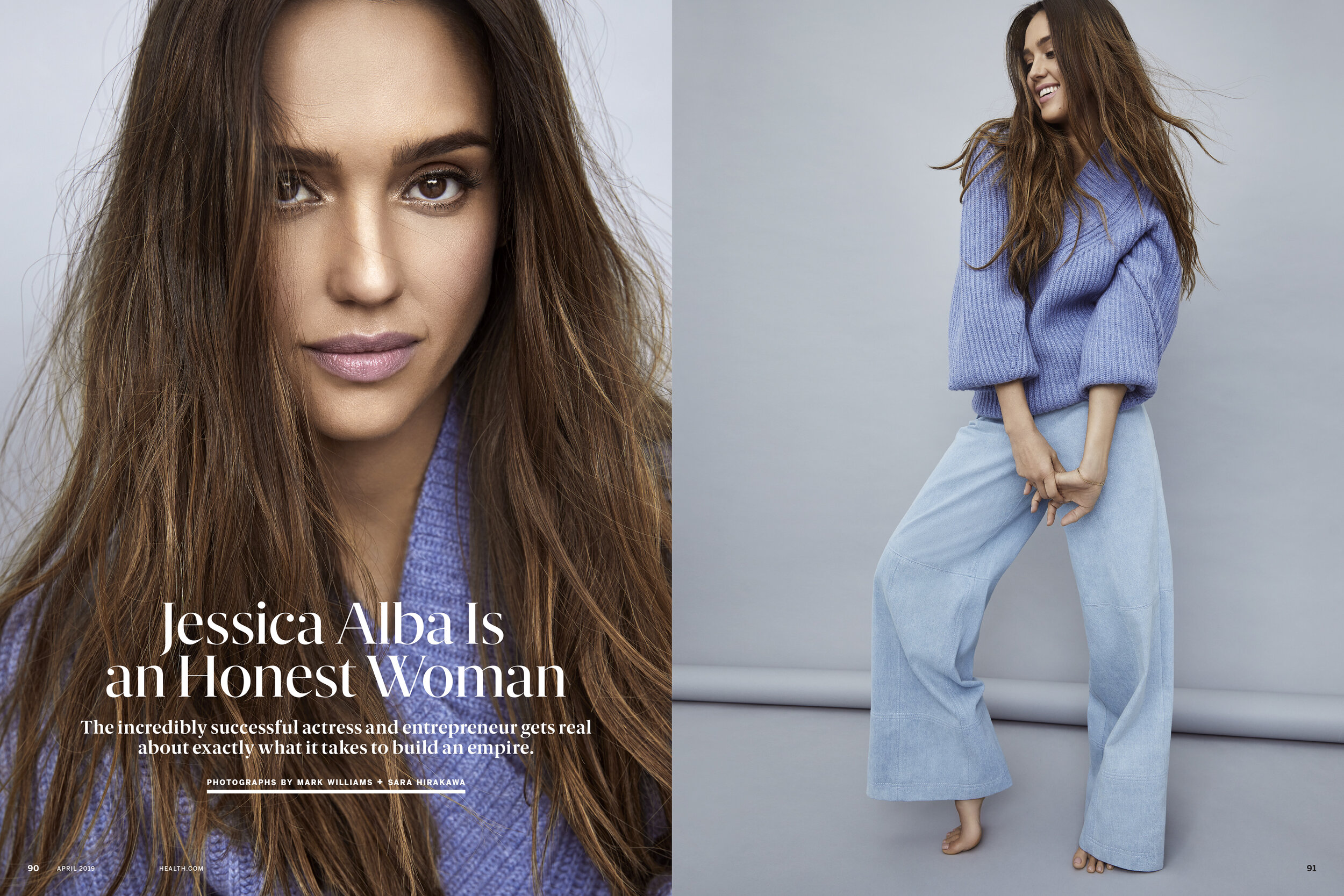
SPD: What's your favorite part about your day job?
DC: I enjoy bringing a story to life with pictures, which isn't so different from my illustration work. But, of course, at my day job, I'm doing it with my colleagues and a rotating list of talented photographers and stylists on a regular basis. The process of making a magazine helps my growth as an artist because I'm constantly exposed to new points of view, which leads to different visual solutions. Solutions that I might not have arrived at myself. I often view a magazine as a melting pot of ideas, and it's part of my job to help shape those ideas into the brand's visual voice.
SPD: How has it been producing shoots during the pandemic?
DC: Compliance with COVID protocols adds a complicated layer on top of an already intricate process with many moving parts. But it's all worth it knowing that you've provided a safe working environment for the talent and crew. The challenges of working in a pandemic have forced us to think outside the box. For example, when Kate and Oliver Hudson were slotted to appear on our December 2020 cover, we enlisted her boyfriend Danny to photograph them. The thought was to use someone already in their bubble to ease their minds and ours. He did a fantastic job, and the shoot quickly became one of our top favorites.
SPD: Tell us about your illustration work.
DC: Over the years, most of my work has been self-motivated, with some assignments mixed in-between. I've always had to juggle my career as a photo director with my illustration work. One assignment that stands out in my mind merged both, a project that I did for an indie fashion magazine, Relapse. The fashion director, Ise White, who was also a wardrobe stylist that I worked with from time to time, reached out to commission me to create a fashion story for their annual "Art Issue". We decided that it would be interesting to produce a simple shoot with a model in various poses on a seamless background. I'd then draw imagined outfits on her over the photographs. I created a mood-board and went to set to direct. It was such an exciting assignment for me because my two careers which always ran parallel, finally merged into one lane, and the story just took on a life of its own.

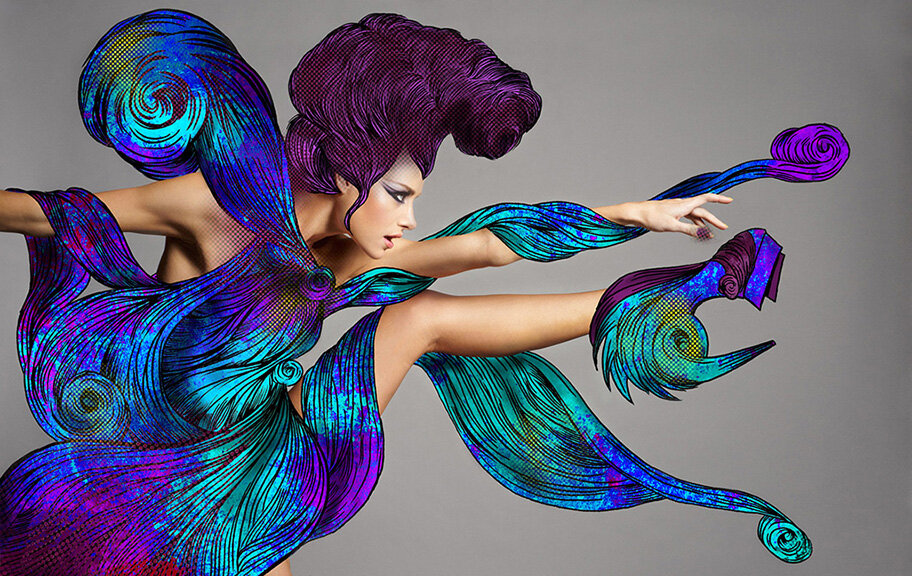
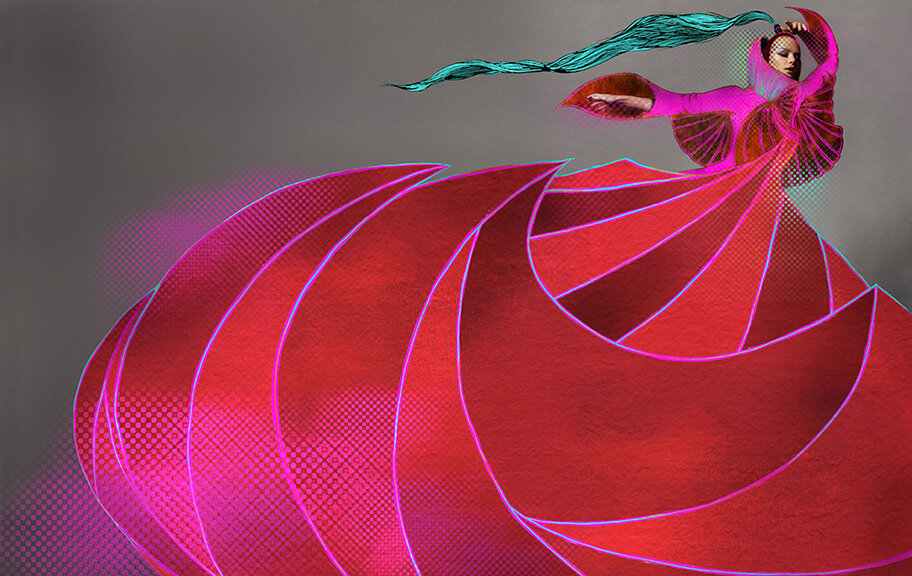

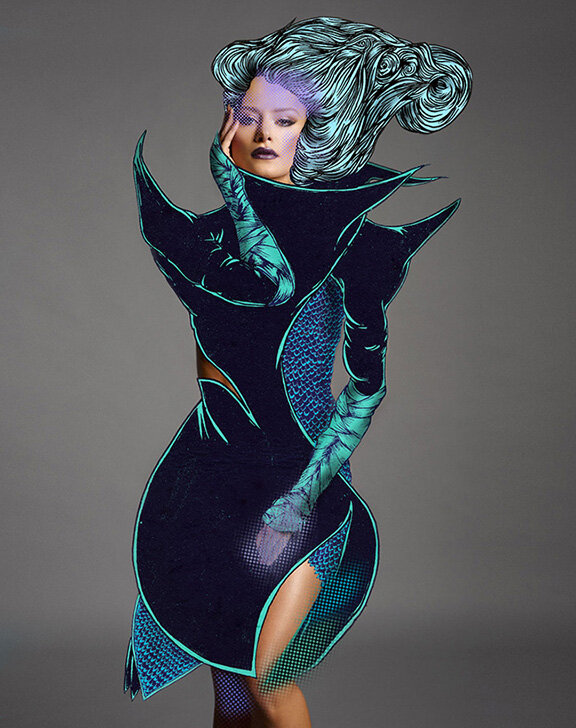
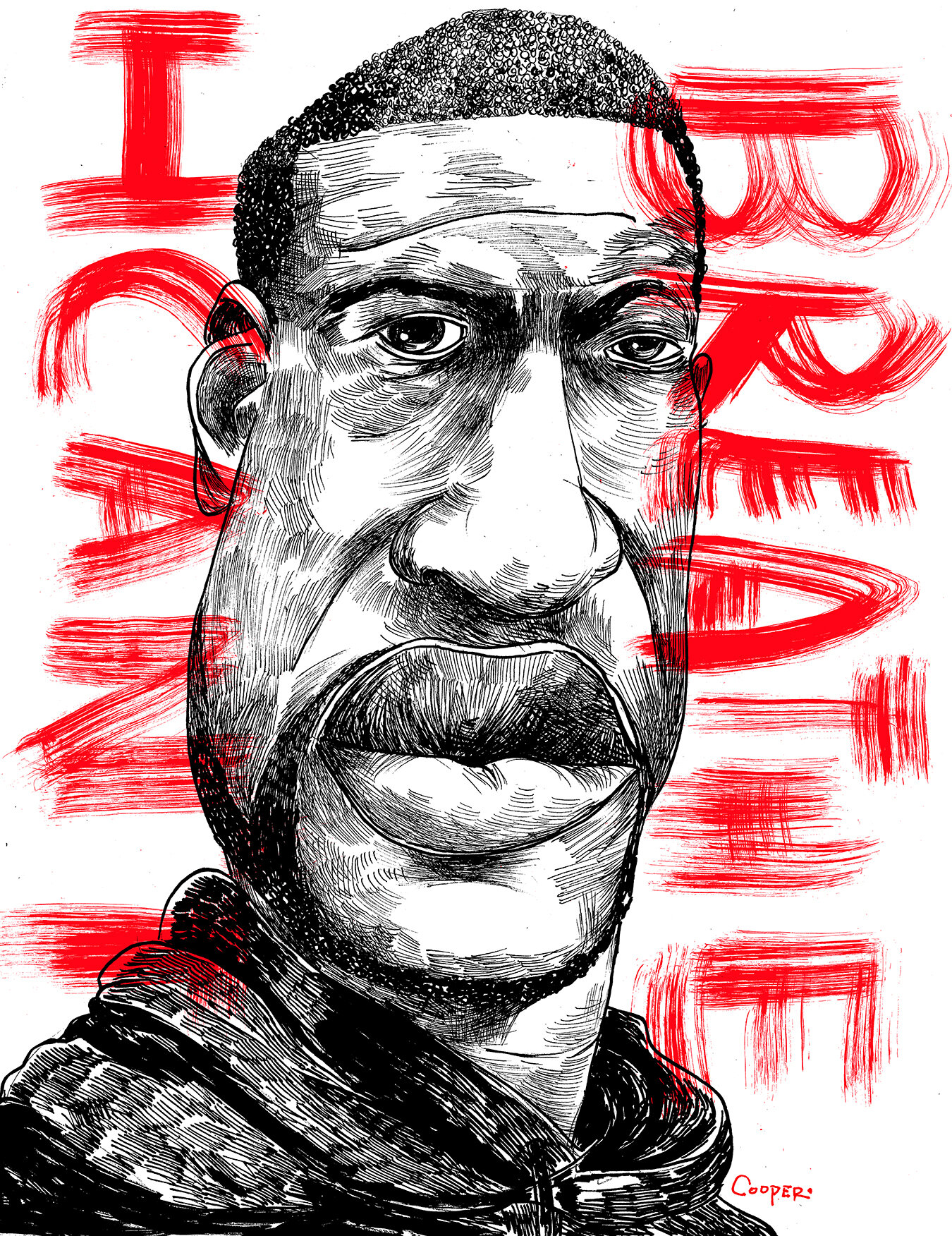
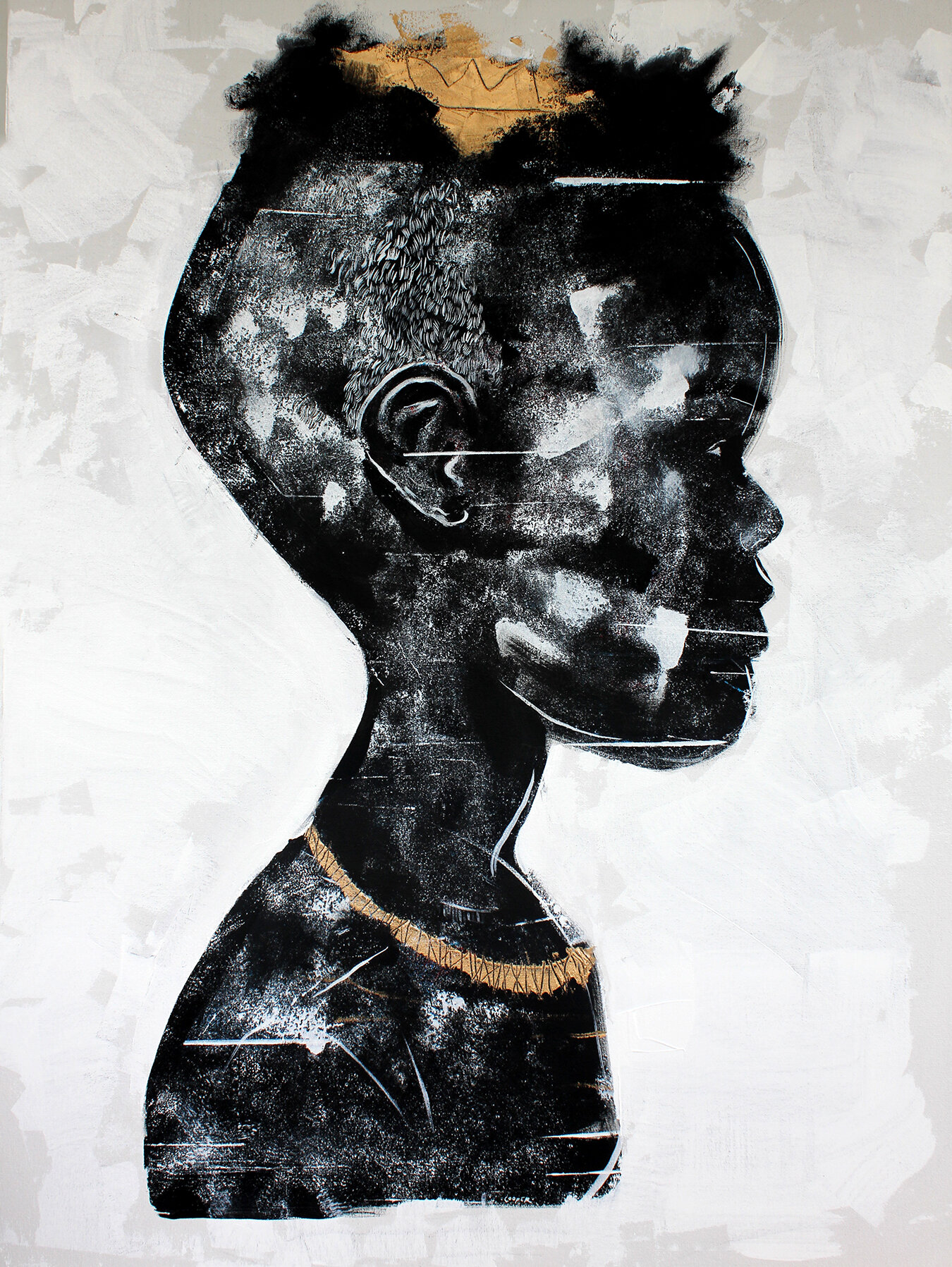
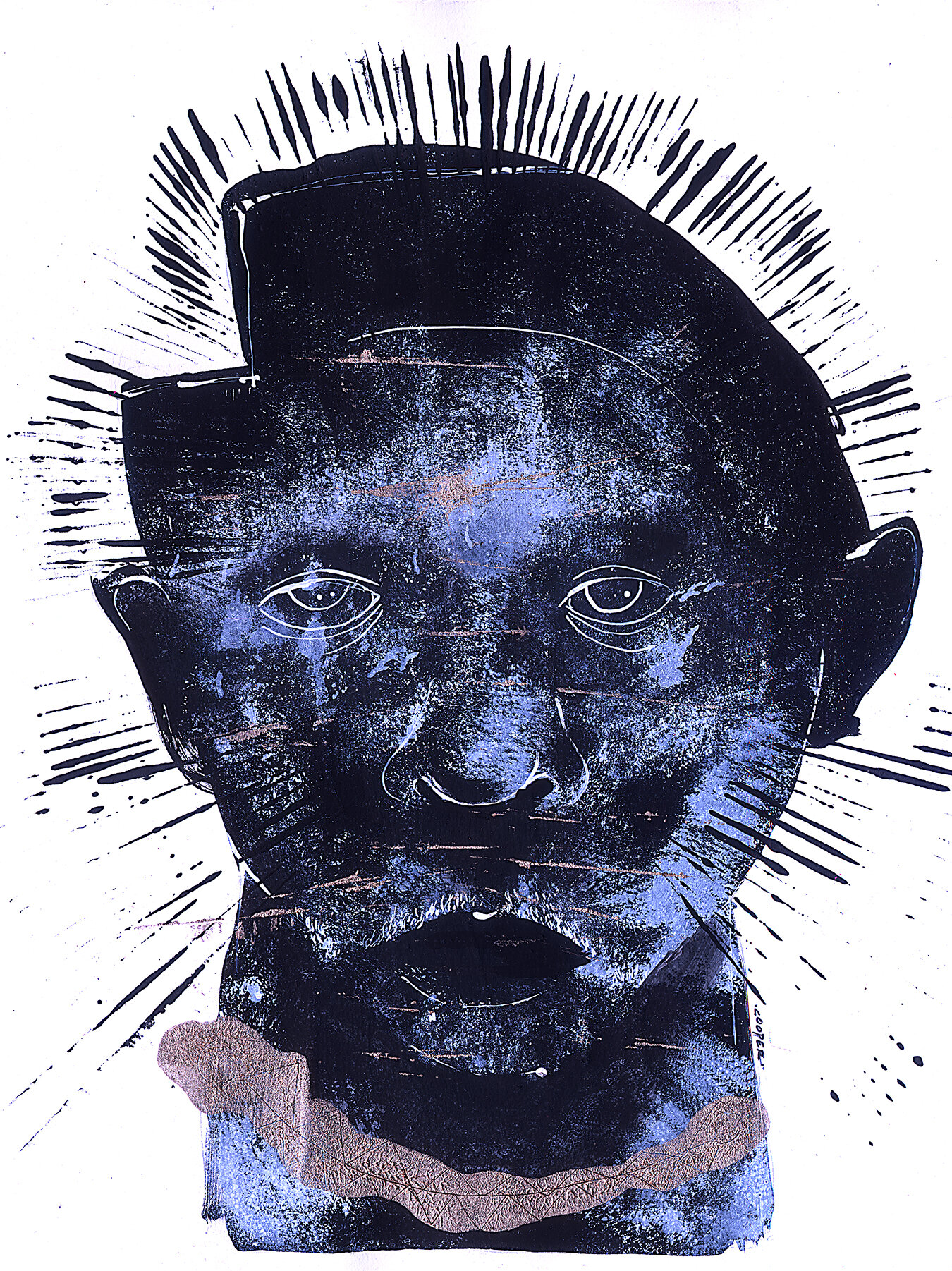
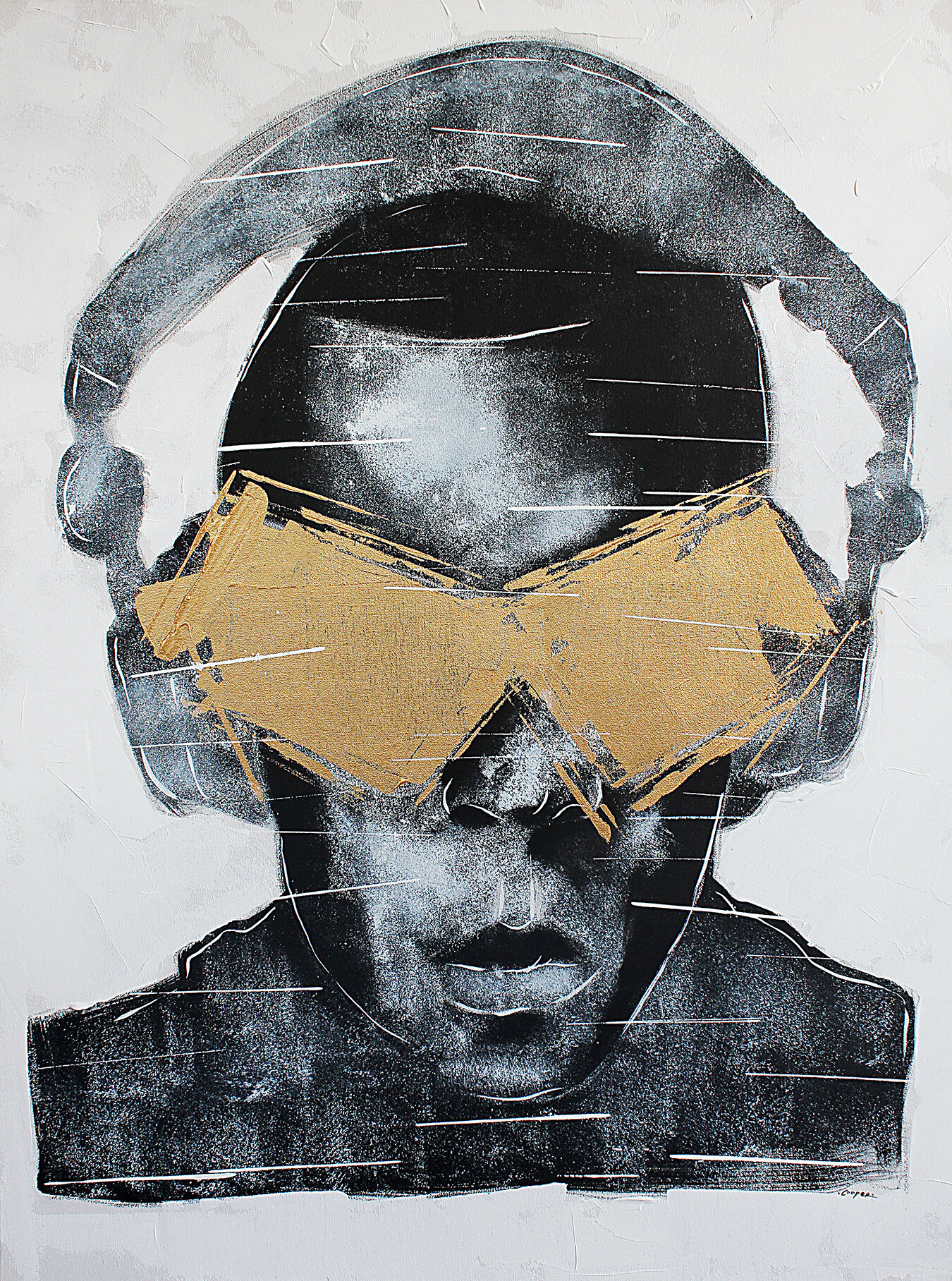
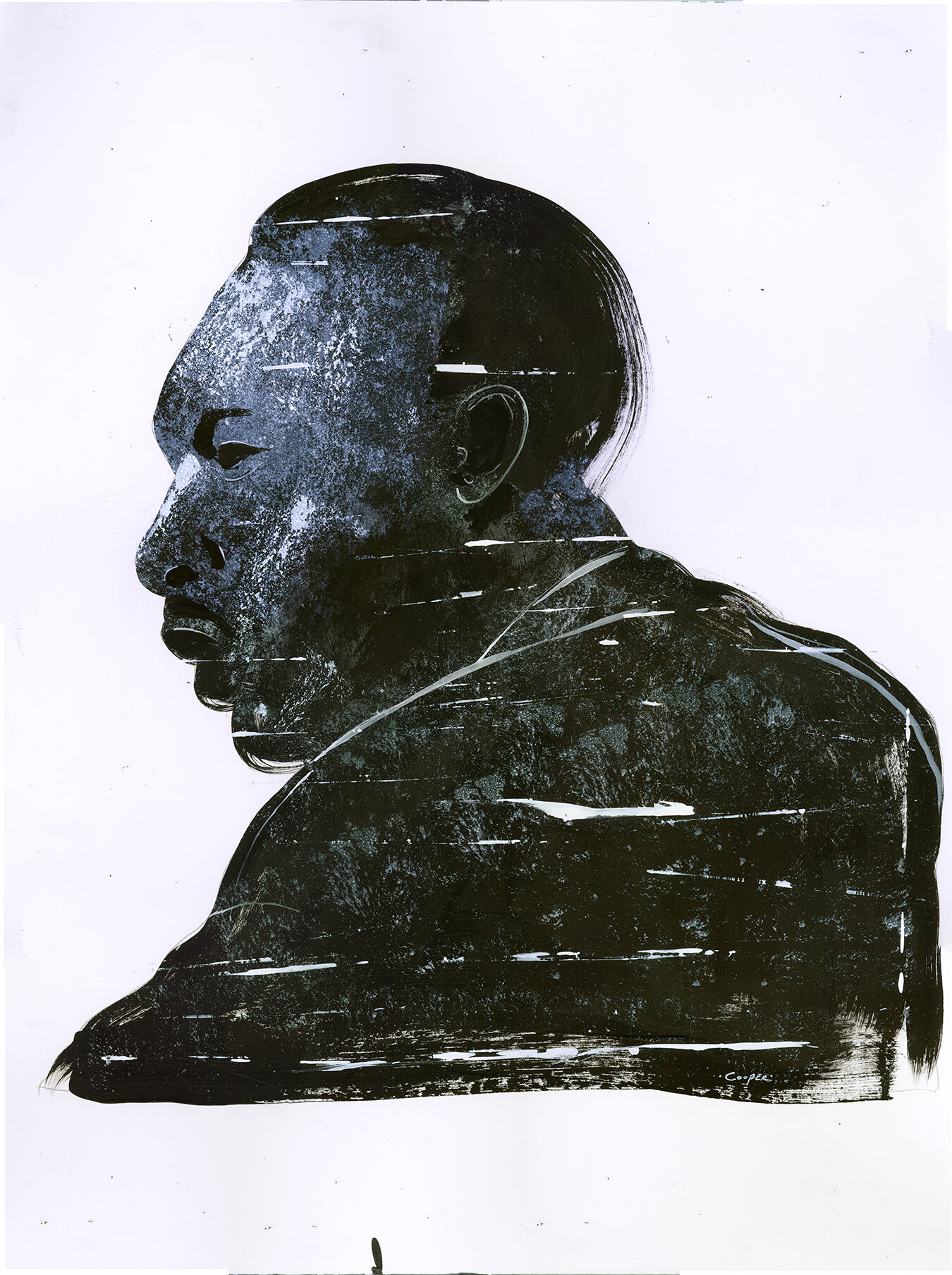
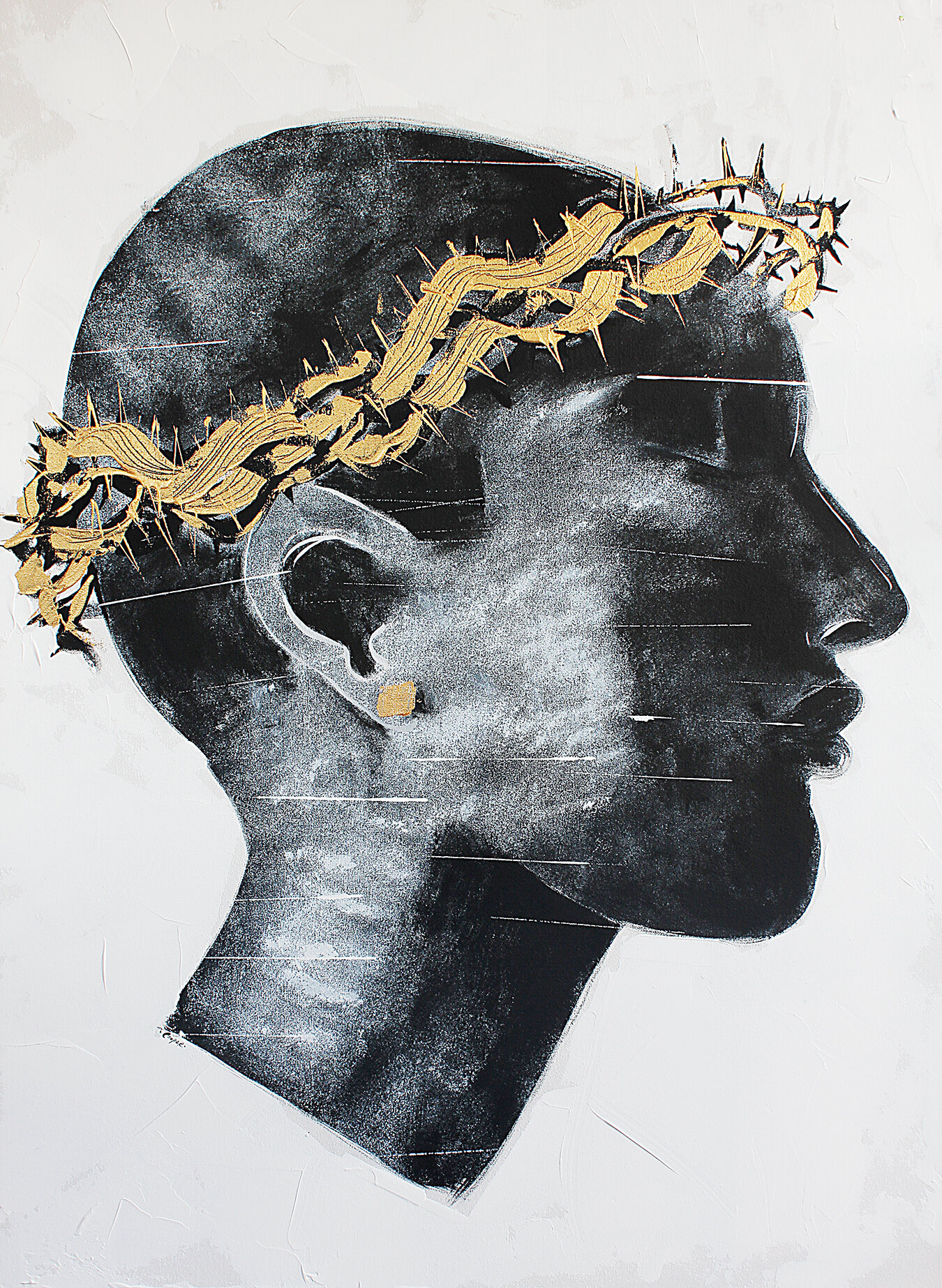
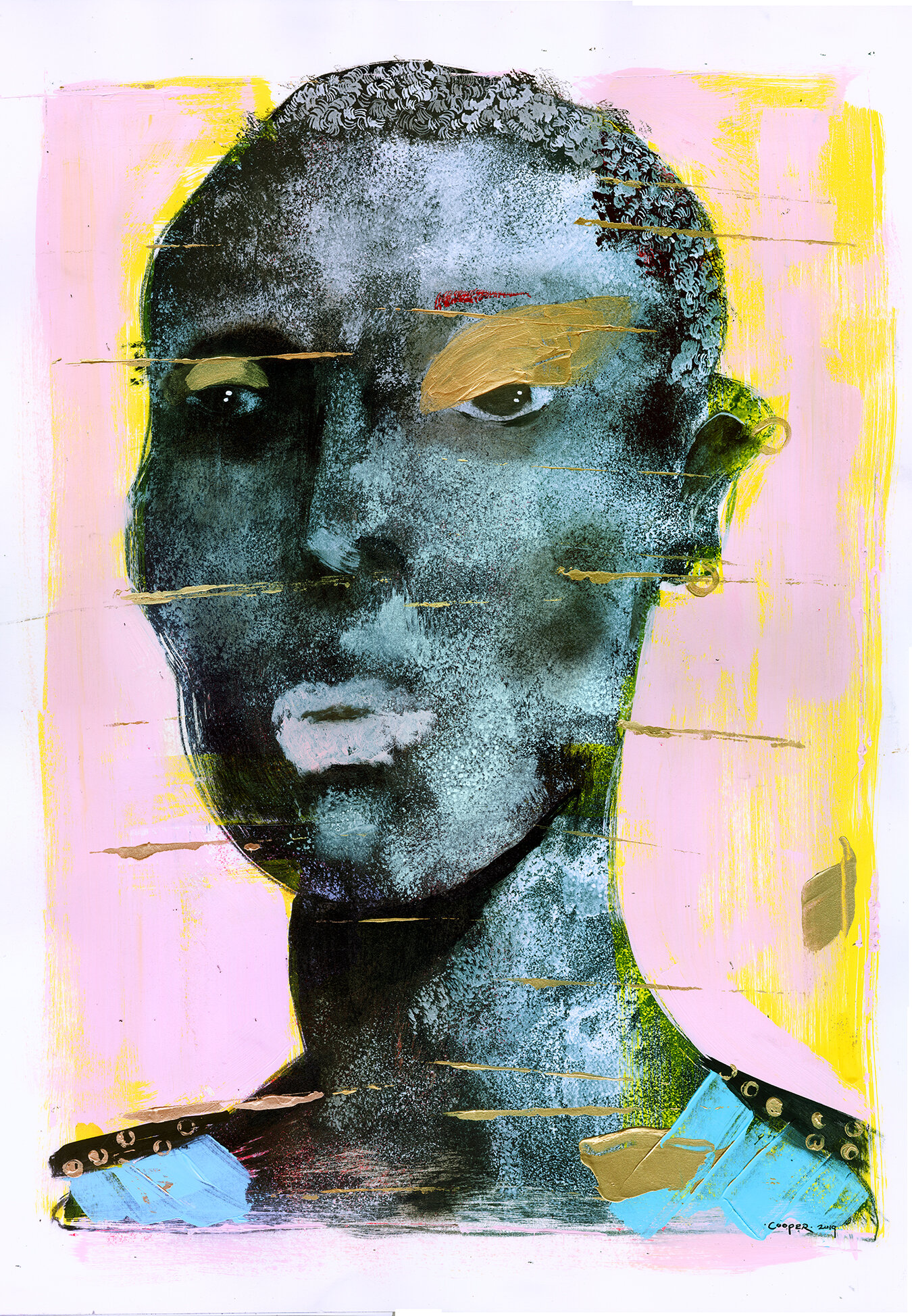
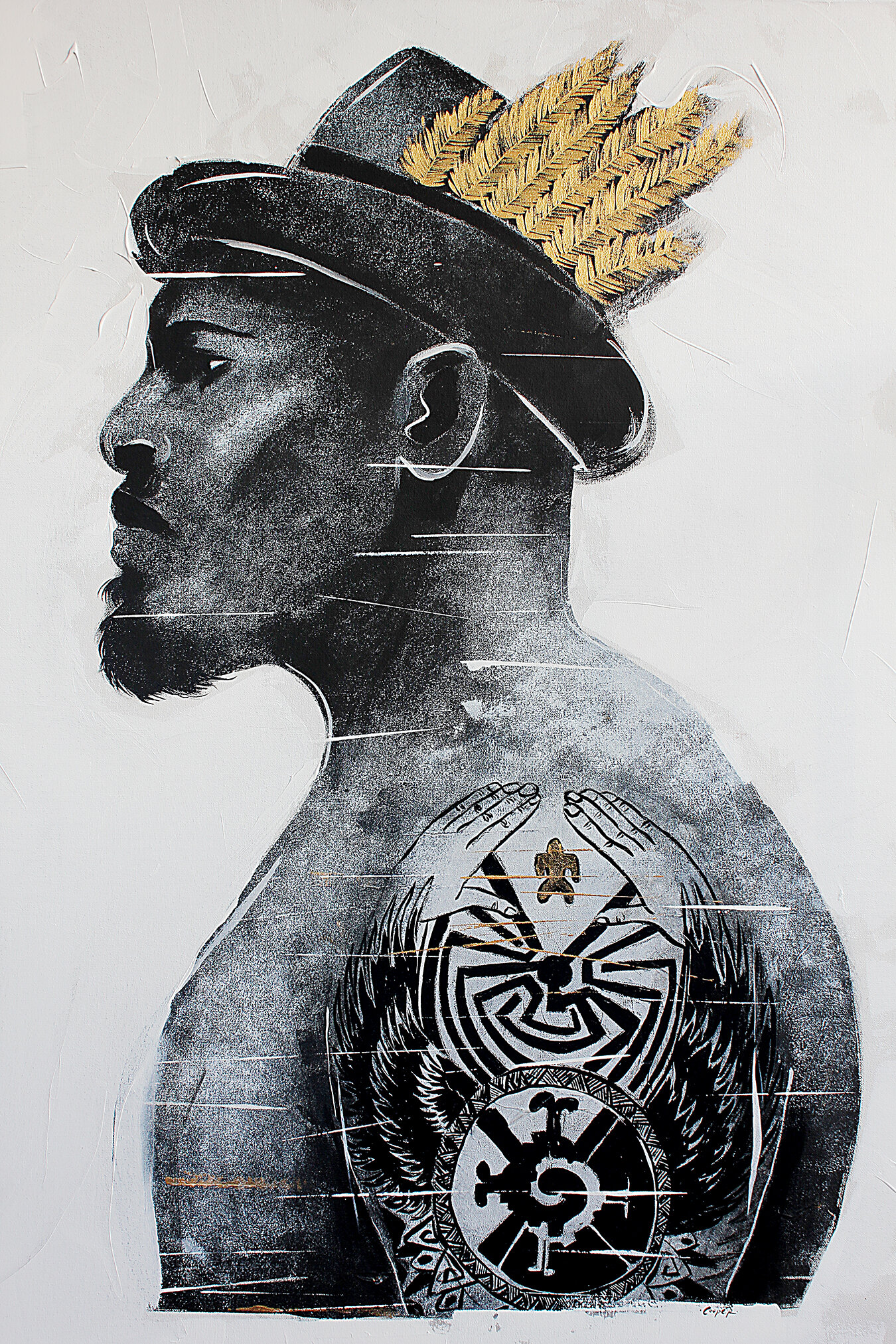
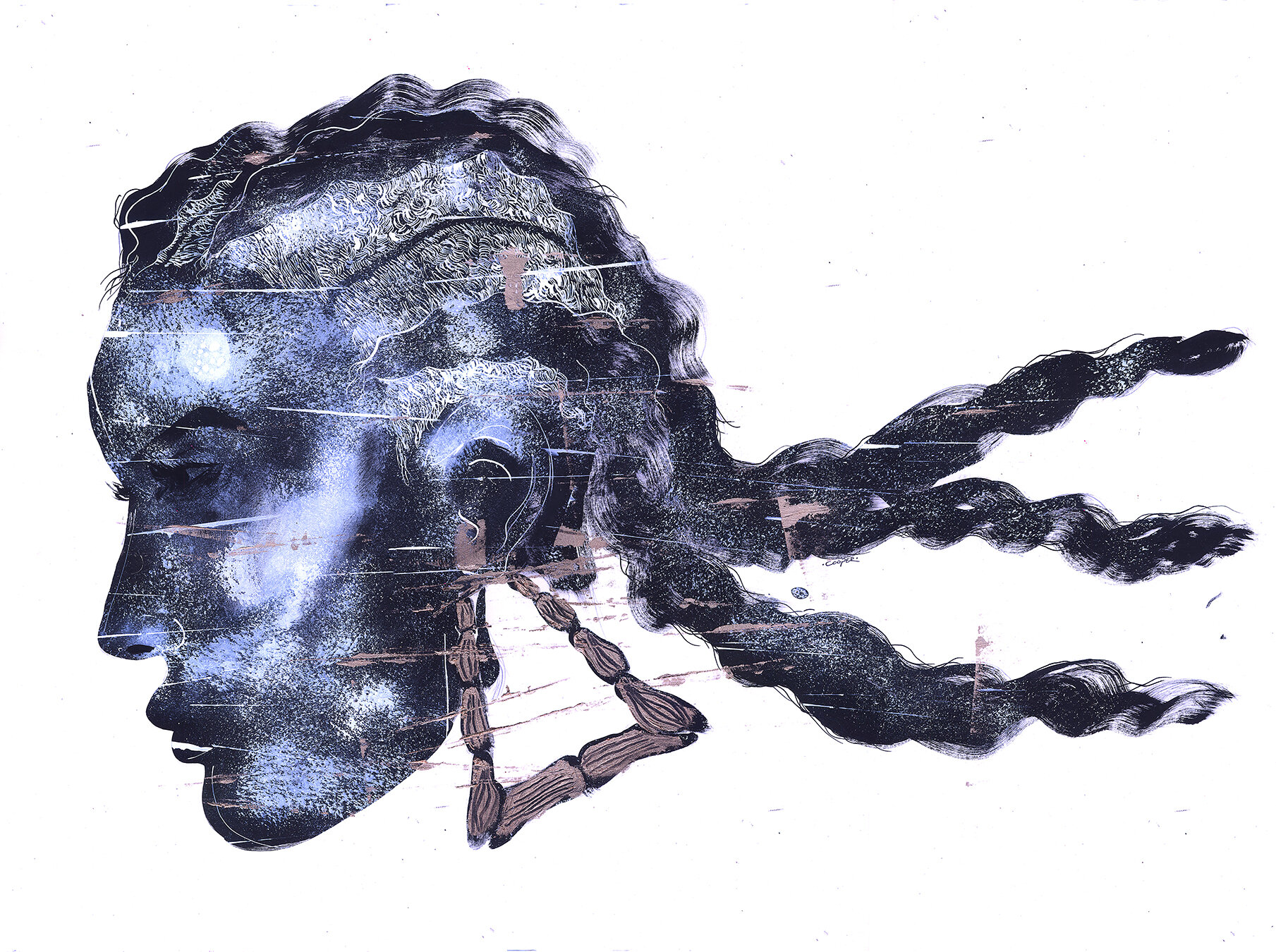
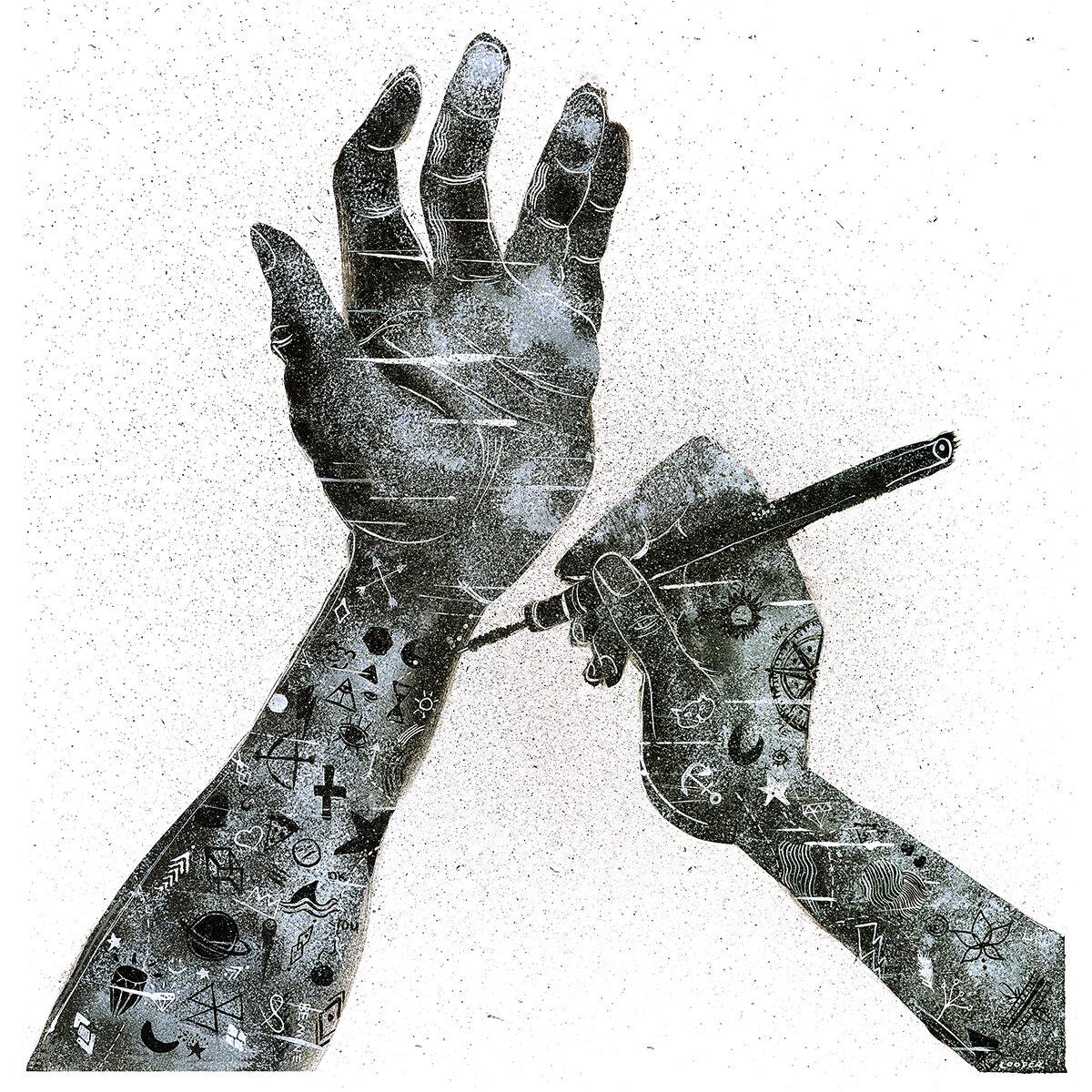
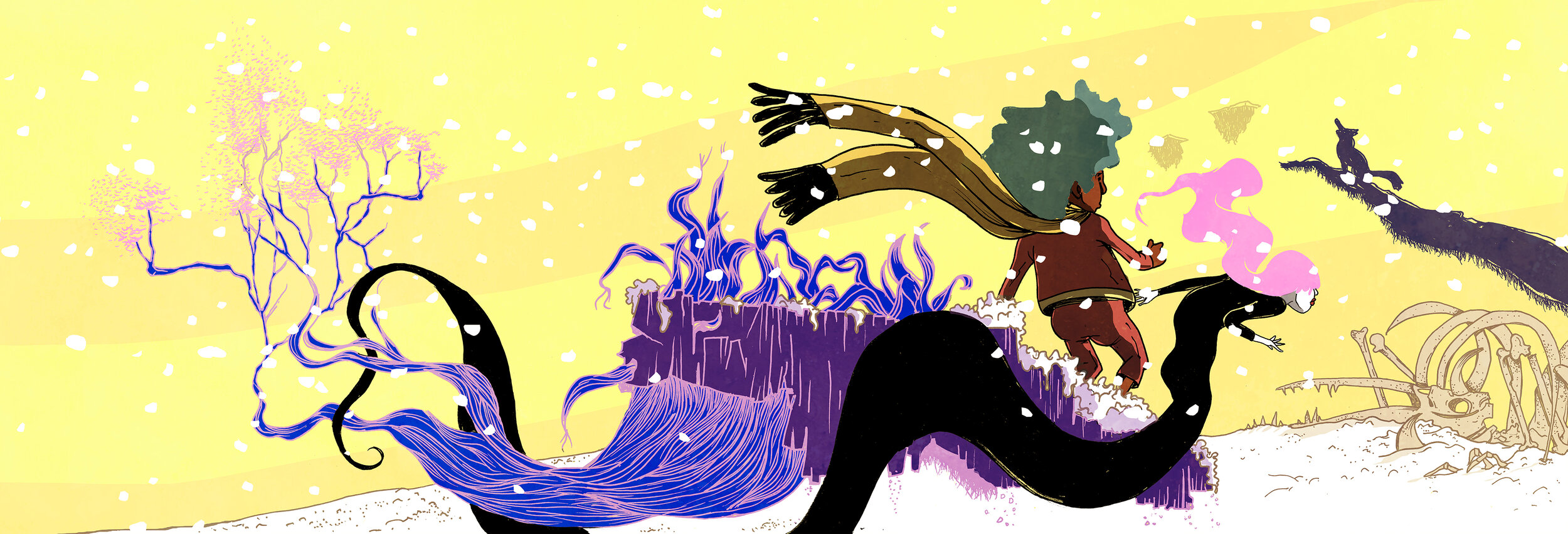
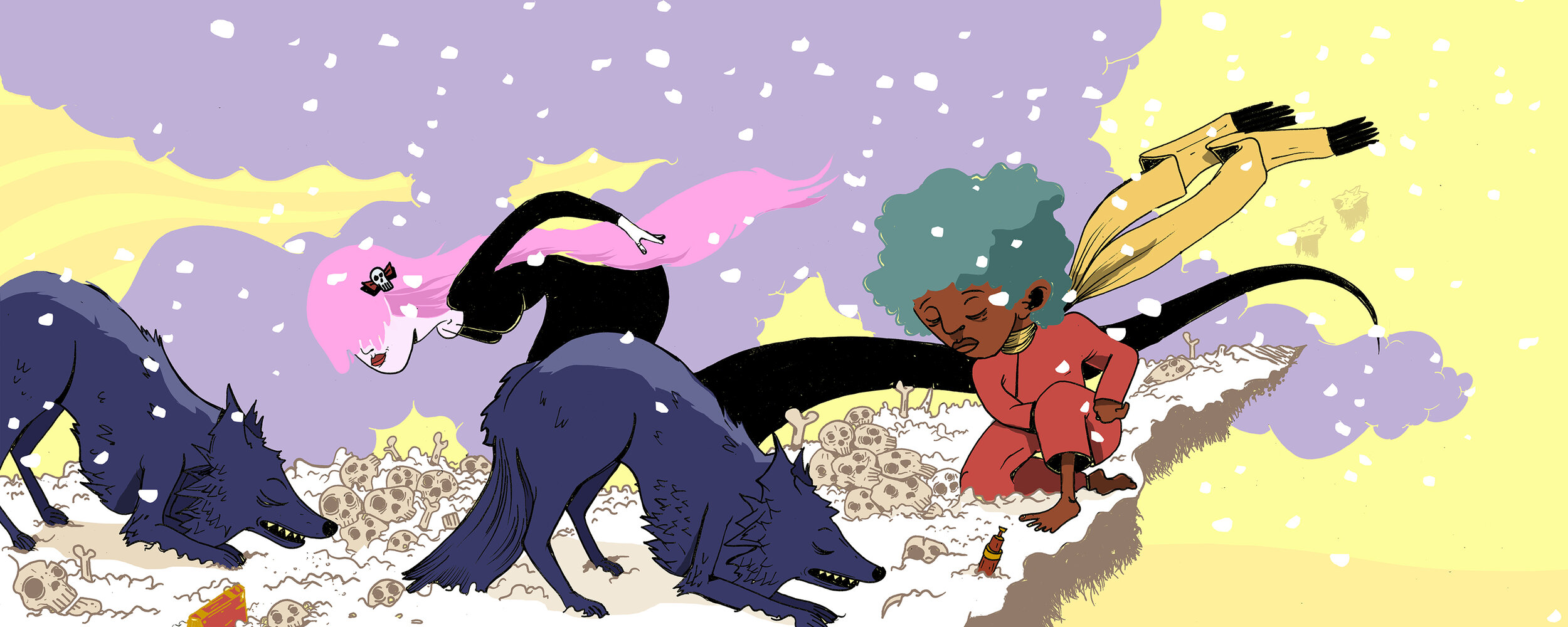
SPD: You've recently started illustrating book covers and those books were released this year. Can you talk about your process with both projects?
DC: "Black Boy Out of Time" was my first book cover and, "Marcus Makes A Movie" is my first middle-grade novel where I created over 50 illustrations and a cover. It was exciting juggling these two projects at the same time. One being a sensitive self-reflective memoir and the other a fun and humorous story for children. I had to get into a very different mental space to work on each.
In "Black Boy Out of Time", the author, Hari Ziyad, writes about the black experience and their awakening to a queer identity through a letter they are writing to their younger self. The creative brief for this story called for a more abstract solution, and it needed to honor Ziyad's experiences sensitively. While reading the manuscript, I held onto a memory where the author shares that they believed dandelions were prettier than roses when they were a child. I was also intrigued by the idea of Ziyad writing a letter to their younger self explaining the emotions they were feeling growing up black and queer. I remember thinking how amazing it would be to guide your younger self with your adult experience, and then I arrived at the concept of a child looking through the eyes of their adult self, surrounded by weeds and dandelions.
"Marcus Makes a Movie" was a completely different kind of book, where the driving force was humor for middle school kids. Before I landed the project, I created a few character designs for the story. The team seemed to like them, so I got hired. While Kevin Hart and Geoff Rodkey completed the manuscript, I continued to develop the main characters with the team. We spent a lot of time discussing how they should look, their body language, and their personalities. Once we narrowed down those details, which took a few months, I began to work on the cover. Then finally, I moved onto the interior illustrations. In all honestly, it was a daunting project because I had to create over 50 black and white ink drawings while juggling my work at the magazine and my family life. I usually work traditionally with a brush, ink, and paper, but I had to switch to digital drawing to streamline my process and keep up with my deadlines. So, I bought an iPad pro, and from that point forward, I only put it down when I had to go to my day job. I'm not even kidding; at the dinner table, drawing; sitting on the couch with the family, drawing; in the car waiting for my kid to get out of school, drawing. I just did it until it was done. Some days I would finish five drawings, and other days I'd finish one. This was one of those projects where I came out stronger on the other side.
SPD: Where do you go for inspiration?
DC: I'm on photographer, stock, and illustrator websites all day! I fall into Instagram holes on a regular. This gets intense, so I have to step away, watch films, read books, comics, mix cocktails, and play music on my guitar. I also like finding inspiration from real life by taking informal snapshots with my iPhone whenever a moment inspires me. This could be on bike rides, my commute, or just hanging out with my friends and family. I later use those photographs to create drawings.
SPD: Who is your mentor?
DC: My mentor is Rudy Guitierrez. He was my illustration professor at Pratt. He's been a tremendously positive influence on me and has become one of my best friends on this path. I remember when I was in art school, I was struggling to find my way. Working on painting after painting that just never hit the mark. I was trying to recreate painting styles that I loved, but ultimately, I wasn't being myself. The process became laborious, and I wasn't having any fun. At this point, I questioned my decision to become an artist. I thought maybe this isn't for me. My parents then reminded me that after four years of tuition at The Pratt Institute, it better be for me! So, I retreated into my sketchbook and began to doodle every day until I filled up every page. I didn't think anything of this besides the fact that I had a lot of fun doing it. I let go of who I thought I wanted to be and just did what came naturally to me. When Rudy saw the sketchbook, he helped me understand how valid those doodles were, so I began to pay attention to those lines that flowed out of me so effortlessly. That's when I started to understand who I was as an artist and, more importantly, as a person.

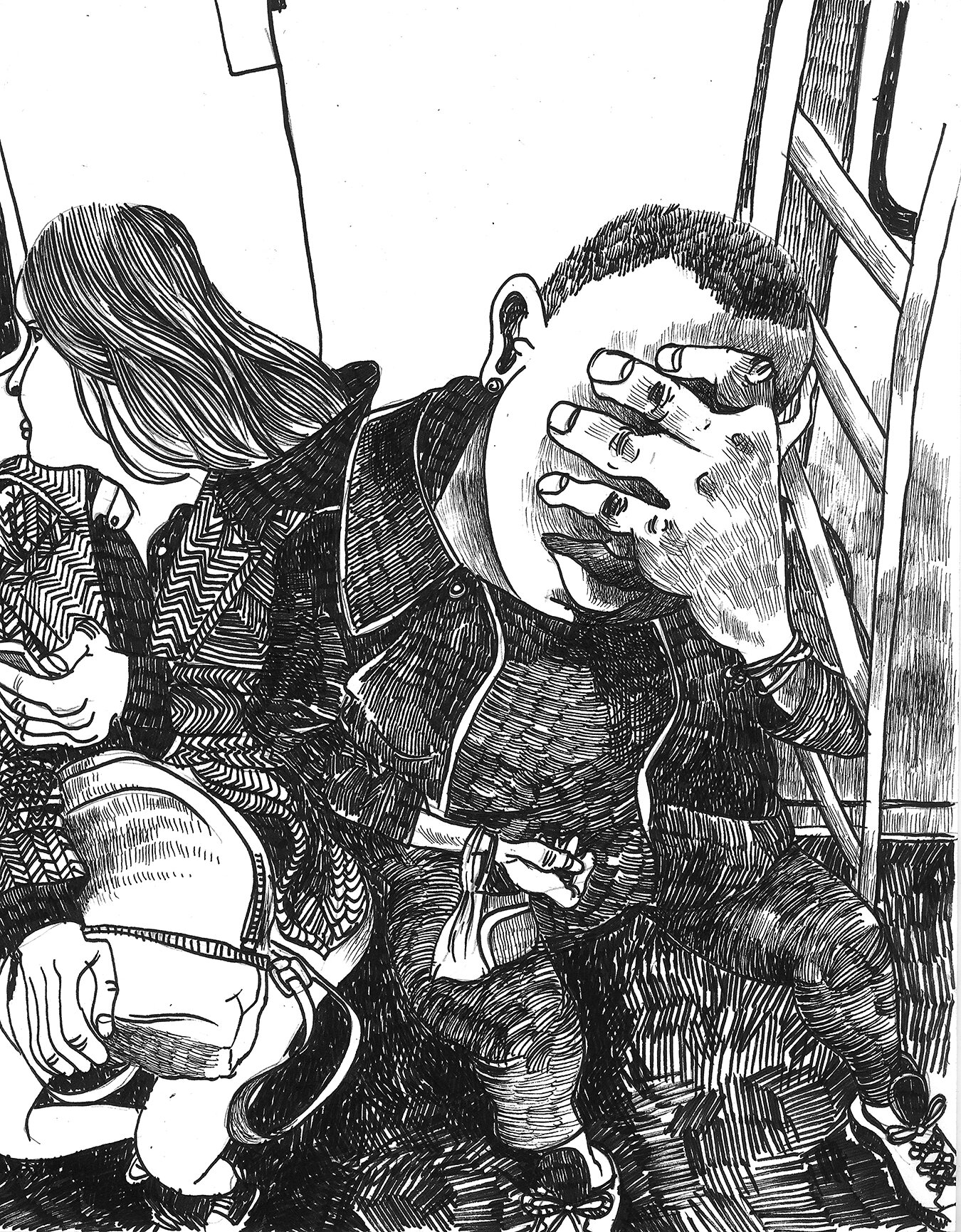

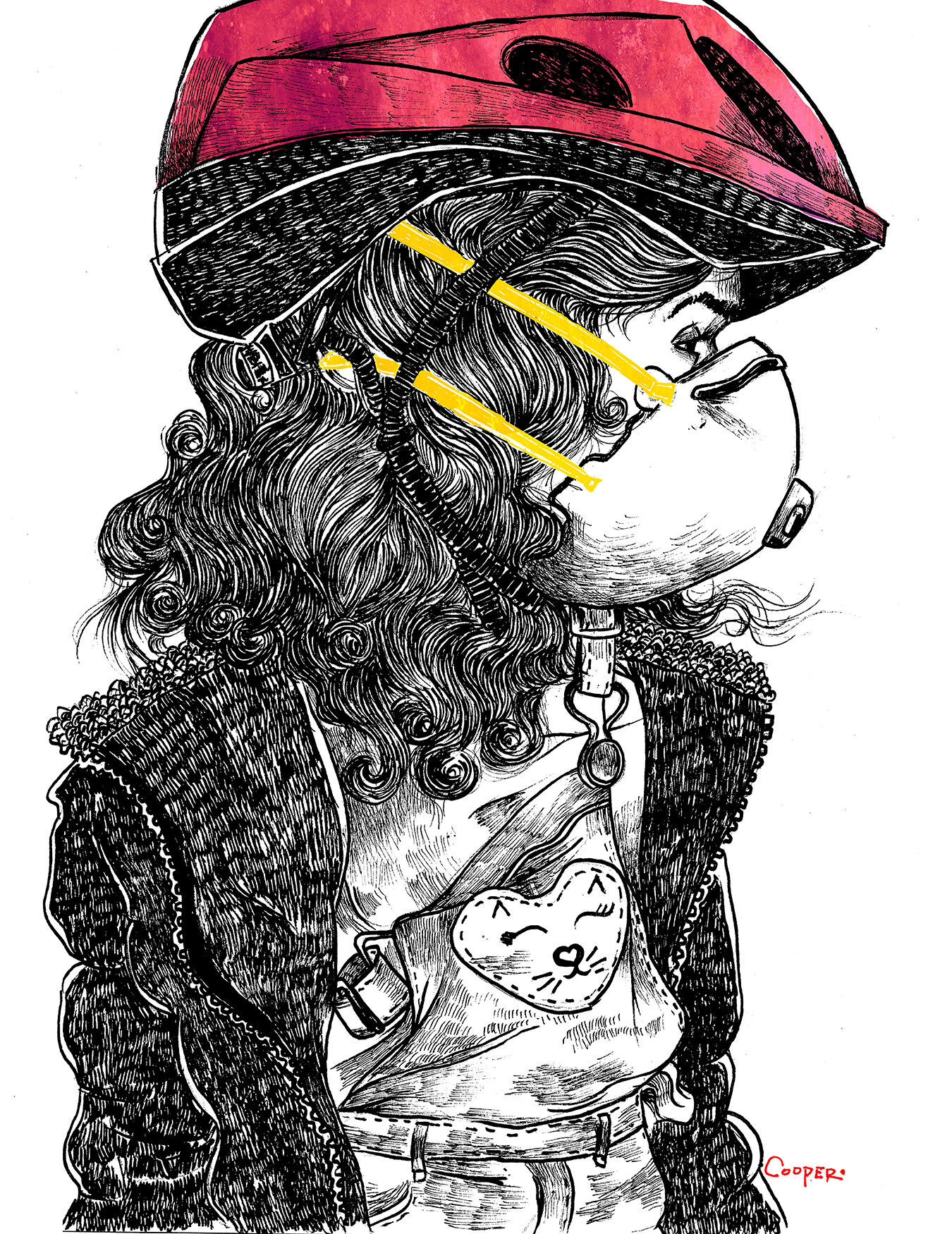

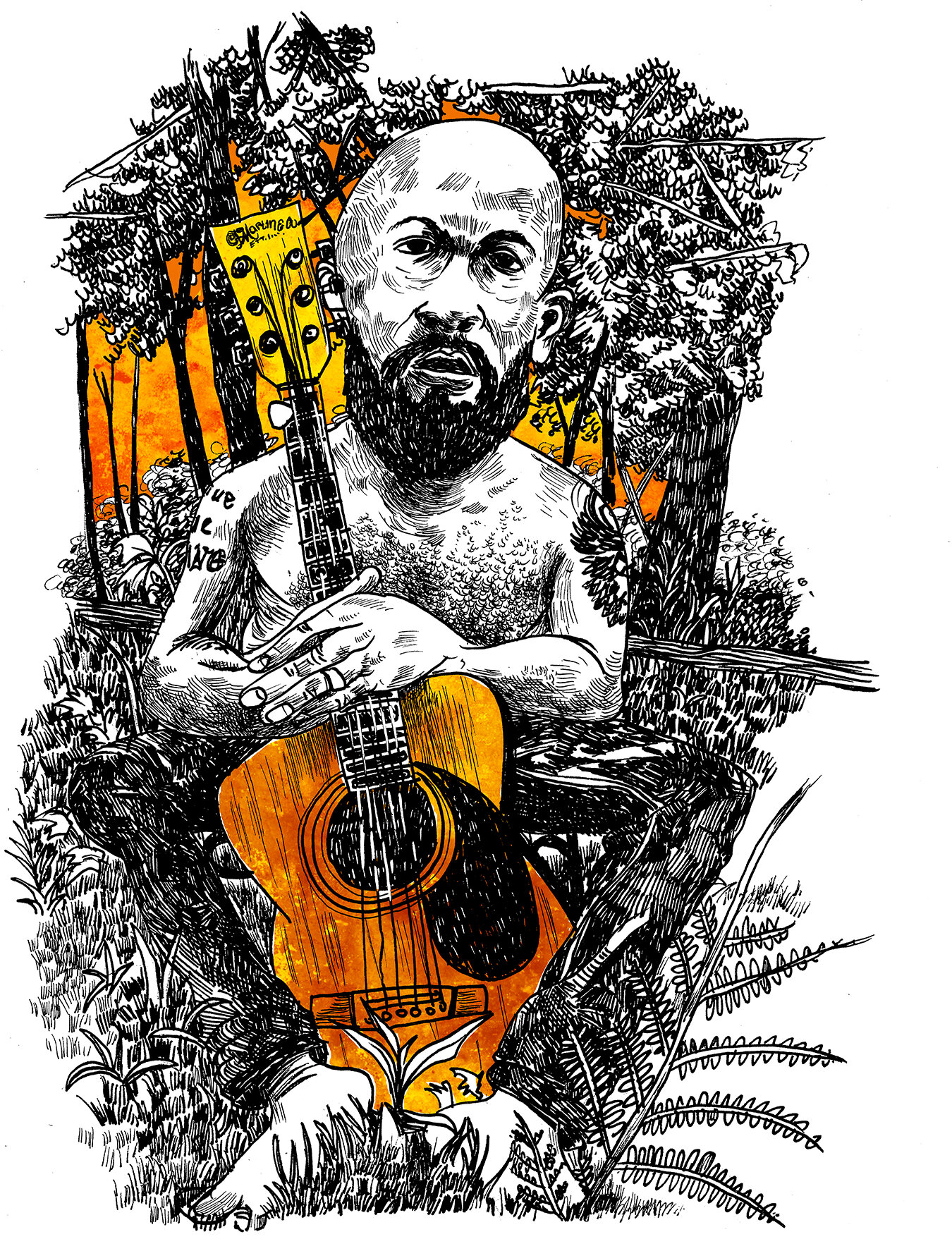
SPD: What is one of your proudest creative achievements?
DC: This is honestly a tough question. I've been fortunate to have several proud creative achievements in my career as a photo director and an illustrator. So, I'm going to punk out and list two, "Black Boy Out of Time" and "Marcus Makes A Movie" are definitely at the top of my list right now. Both projects came at a unique time in my life and world history. My father passed away in January 2020, and soon after, these projects came to me. Then the world started ending with a global pandemic. The work and my family kept me steady through it all, and I'm super proud that I kept my calm and focused on producing something special that I think will genuinely affect people. That's what making art is all about, and that has always been my dream.
SPD: What does SPD mean to you?
DC: One evening at the office years ago, I saw my colleagues from other brands all getting dressed to the nines to go to an awards gala. I later learned it was for SPD, and they annually honored excellence in our field. After a quick visit to the website, I knew that I wanted to participate, so I began entering my team's work and attended my first gala. I immediately felt a sense of community, which, for me, is so important. Especially in our current situation where many of us are working within a bubble, it's great to connect with like-minded people.
Check out more of David’s work online/Instagram below!
Illustration:
davidcooperart.com | @davidcooperart
Photo Editing:
davidcooperphotoeditor.com | @david_cooper_photo
